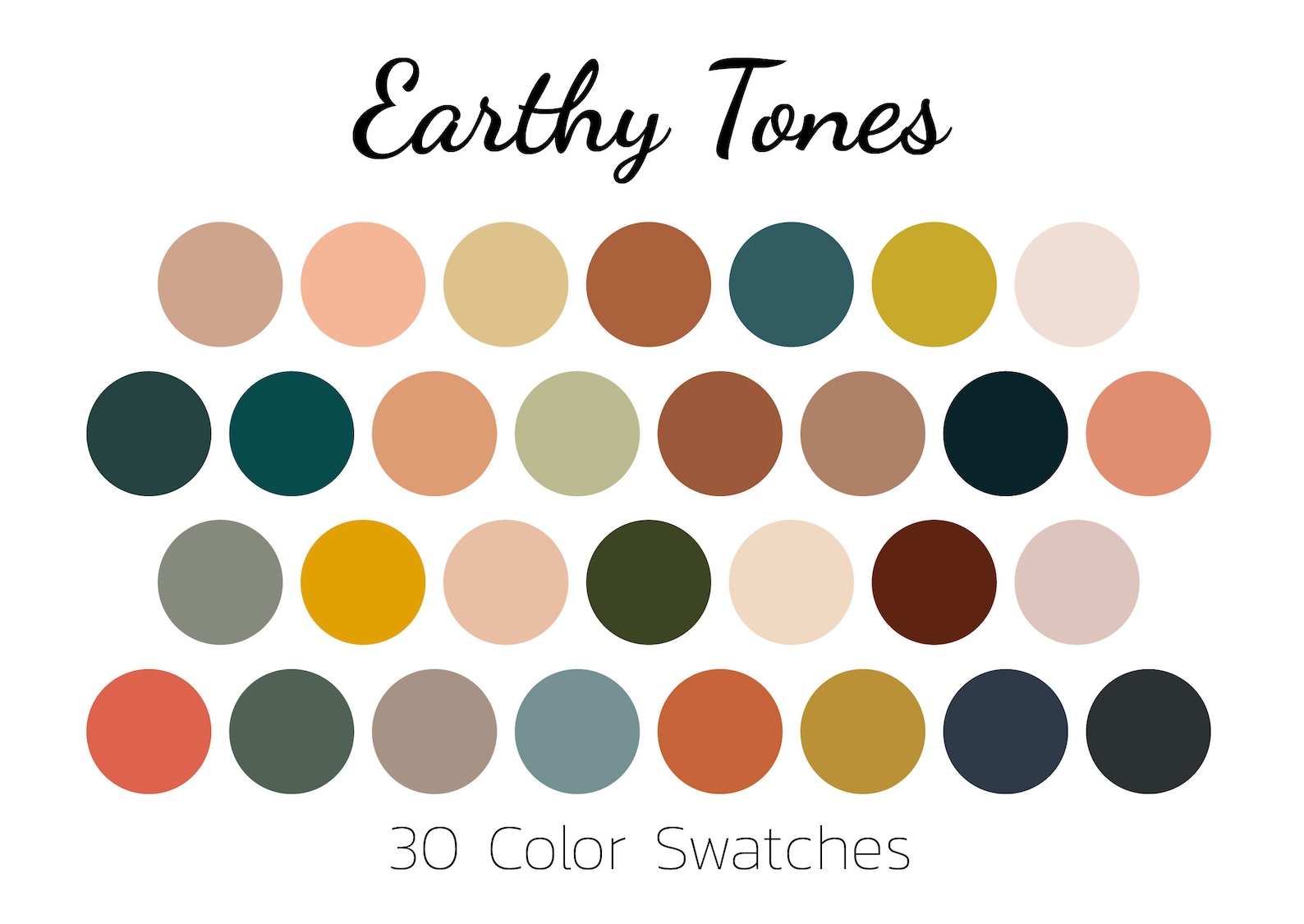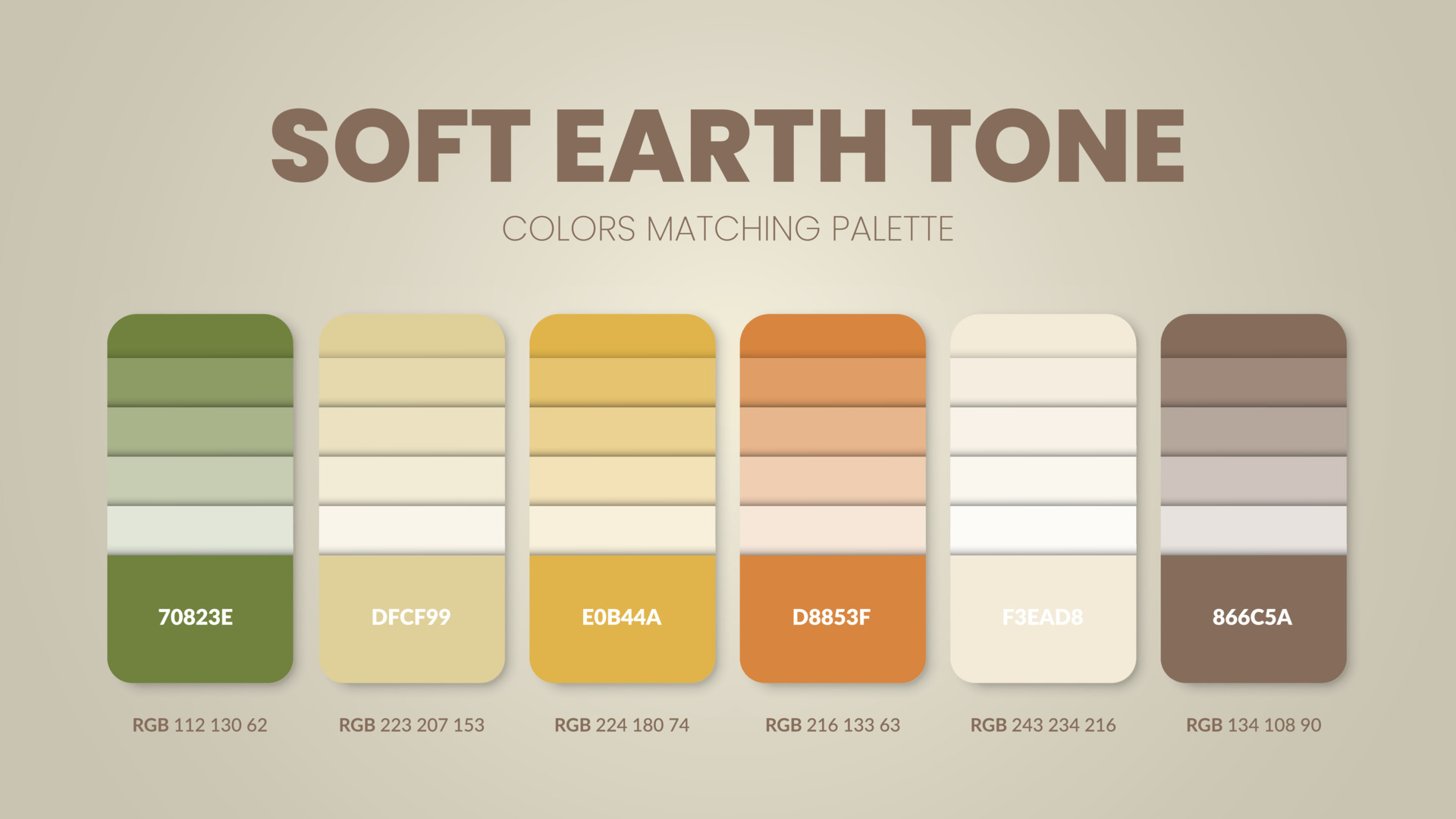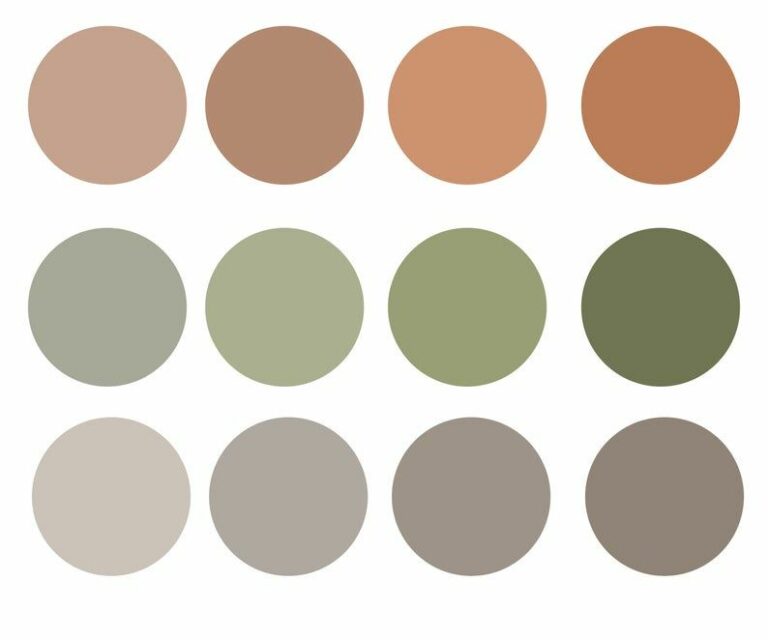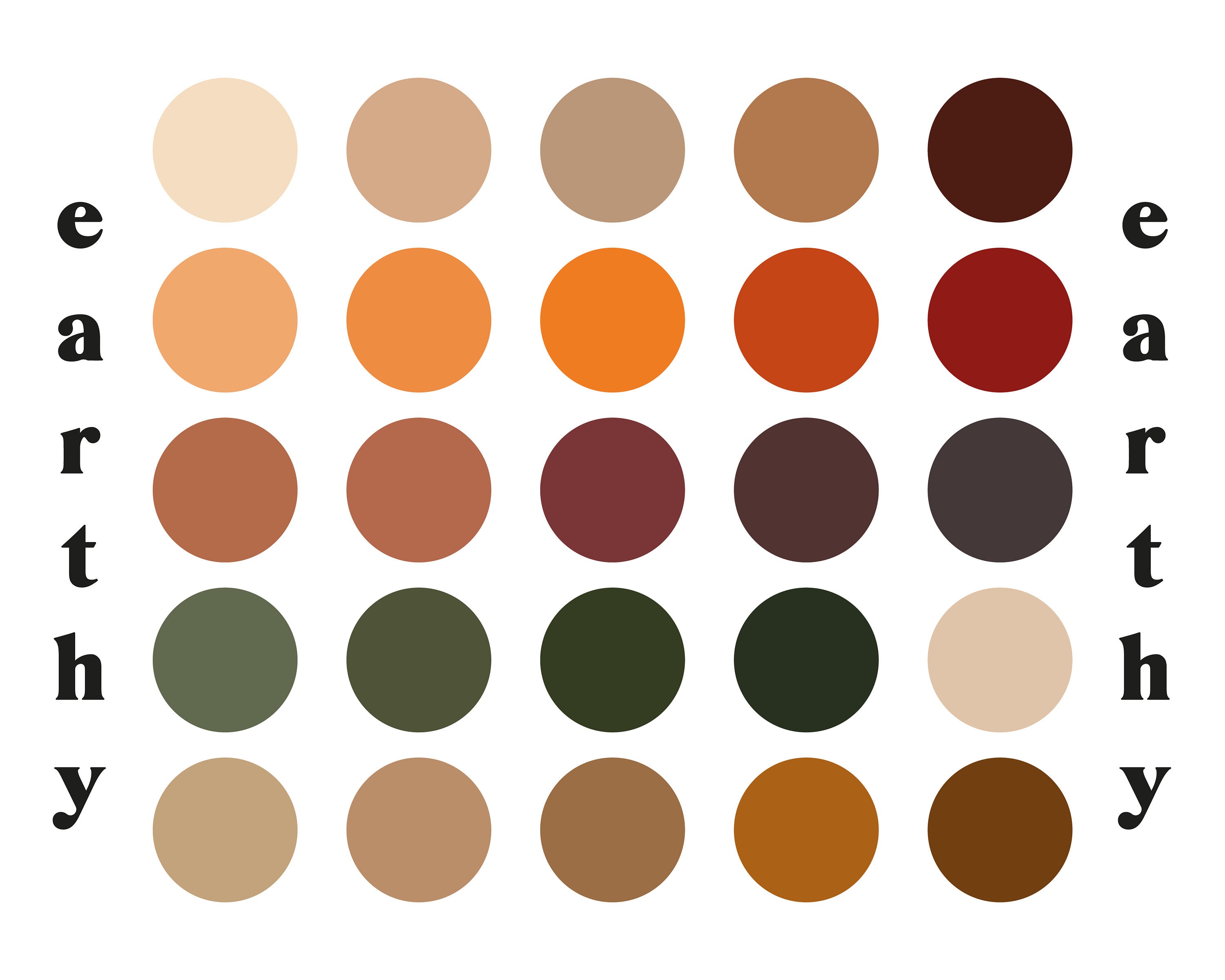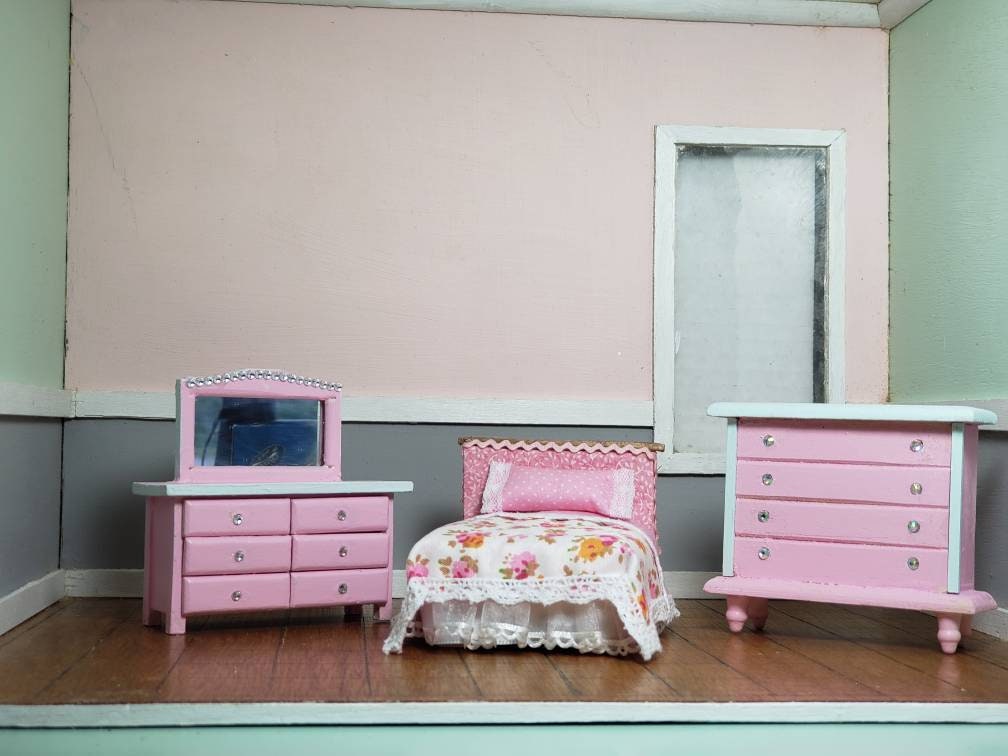Choosing a neutral color scheme for your living room and kitchen is a classic and timeless choice. Neutral colors such as beige, gray, and white create a calm and serene atmosphere in any space. These colors also serve as a great base for adding pops of color with decor and accents. Incorporating different textures and patterns can add depth and interest to a neutral color scheme.
Neutral Color Scheme
If you're looking for a cohesive and harmonious look in your living room and kitchen, a monochromatic color scheme is the way to go. This color scheme involves using different shades and tints of the same color. For example, a light blue wall paired with dark blue furniture and accents. This creates a subtle and sophisticated look that is easy on the eyes.
Monochromatic Color Scheme
For a bold and striking look, consider a complementary color scheme for your living room and kitchen. This involves pairing colors that are opposite each other on the color wheel, such as blue and orange or green and red. This color scheme can be a bit challenging to pull off, but when done correctly, it can create a vibrant and energetic space.
Complementary Color Scheme
Similar to a monochromatic color scheme, an analogous color scheme uses colors that are next to each other on the color wheel. This creates a harmonious and cohesive look, with a bit more variety compared to a monochromatic scheme. For example, using shades of green, blue, and purple in your living room and kitchen.
Analogous Color Scheme
A triadic color scheme involves using three colors that are evenly spaced on the color wheel, such as red, yellow, and blue. This creates a vibrant and balanced look, perfect for a fun and lively living room and kitchen. It's important to choose one dominant color and use the other two as accents to avoid overwhelming the space.
Triadic Color Scheme
Similar to a triadic color scheme, a tetradic color scheme uses four colors that are evenly spaced on the color wheel. This creates a bold and dynamic look, perfect for those who love to experiment with color. However, it's important to use a balance of warm and cool tones to avoid the space feeling too overwhelming.
Tetradic Color Scheme
A split-complementary color scheme is a variation of the complementary color scheme. Instead of using one color and its opposite, it uses one color and two colors adjacent to its opposite. This creates a more balanced and less intense look compared to a complementary color scheme. For example, using blue, yellow, and orange in your living room and kitchen.
Split-Complementary Color Scheme
Warm colors such as red, orange, and yellow evoke feelings of energy and warmth. Using a warm color scheme in your living room and kitchen can create a cozy and inviting atmosphere. It's important to balance warm colors with neutral tones to avoid the space feeling too overwhelming.
Warm Color Scheme
On the other hand, cool colors such as blue, green, and purple create a calming and soothing atmosphere. Using a cool color scheme in your living room and kitchen can create a peaceful and relaxing space. To avoid the space feeling too cold, incorporate warm accents and textures.
Cool Color Scheme
For a natural and organic look, consider an earth tone color scheme for your living room and kitchen. Earth tone colors such as brown, green, and beige create a warm and inviting atmosphere. This color scheme is perfect for those who love a rustic or farmhouse style. Add in natural materials and textures to enhance the earthy feel of the space.
Earth Tone Color Scheme
Creating a Harmonious Color Scheme for Your Living Room and Kitchen

Understanding Color Psychology
 When it comes to designing your living room and kitchen, color plays a crucial role in creating the desired atmosphere and mood. Different colors have the power to evoke different emotions and feelings, which is why it is essential to understand color psychology before choosing a color scheme for your home.
Warm colors, such as red, orange, and yellow, are known to stimulate energy, while cool colors like blue, green, and purple tend to have a calming effect.
Neutral colors like white, beige, and gray are versatile and can create a sense of balance and harmony in a space.
Keep these color associations in mind as you select your color scheme.
When it comes to designing your living room and kitchen, color plays a crucial role in creating the desired atmosphere and mood. Different colors have the power to evoke different emotions and feelings, which is why it is essential to understand color psychology before choosing a color scheme for your home.
Warm colors, such as red, orange, and yellow, are known to stimulate energy, while cool colors like blue, green, and purple tend to have a calming effect.
Neutral colors like white, beige, and gray are versatile and can create a sense of balance and harmony in a space.
Keep these color associations in mind as you select your color scheme.
Choosing a Color Scheme
/Myth_Kitchen-56a192773df78cf7726c1a16.jpg) When creating a color scheme for your living room and kitchen, it is essential to consider the overall flow and cohesion of the space.
Choose a color scheme that complements the style and theme of your home.
For instance, if you have a modern and minimalist interior, you may opt for a monochromatic color scheme using shades of gray or beige.
For a more vibrant and energetic space, you may incorporate bold and bright colors through accents like throw pillows, curtains, or wall art.
Alternatively, a complementary color scheme, using colors that are opposite each other on the color wheel, can create a striking and dynamic look.
When creating a color scheme for your living room and kitchen, it is essential to consider the overall flow and cohesion of the space.
Choose a color scheme that complements the style and theme of your home.
For instance, if you have a modern and minimalist interior, you may opt for a monochromatic color scheme using shades of gray or beige.
For a more vibrant and energetic space, you may incorporate bold and bright colors through accents like throw pillows, curtains, or wall art.
Alternatively, a complementary color scheme, using colors that are opposite each other on the color wheel, can create a striking and dynamic look.
Creating Balance and Contrast
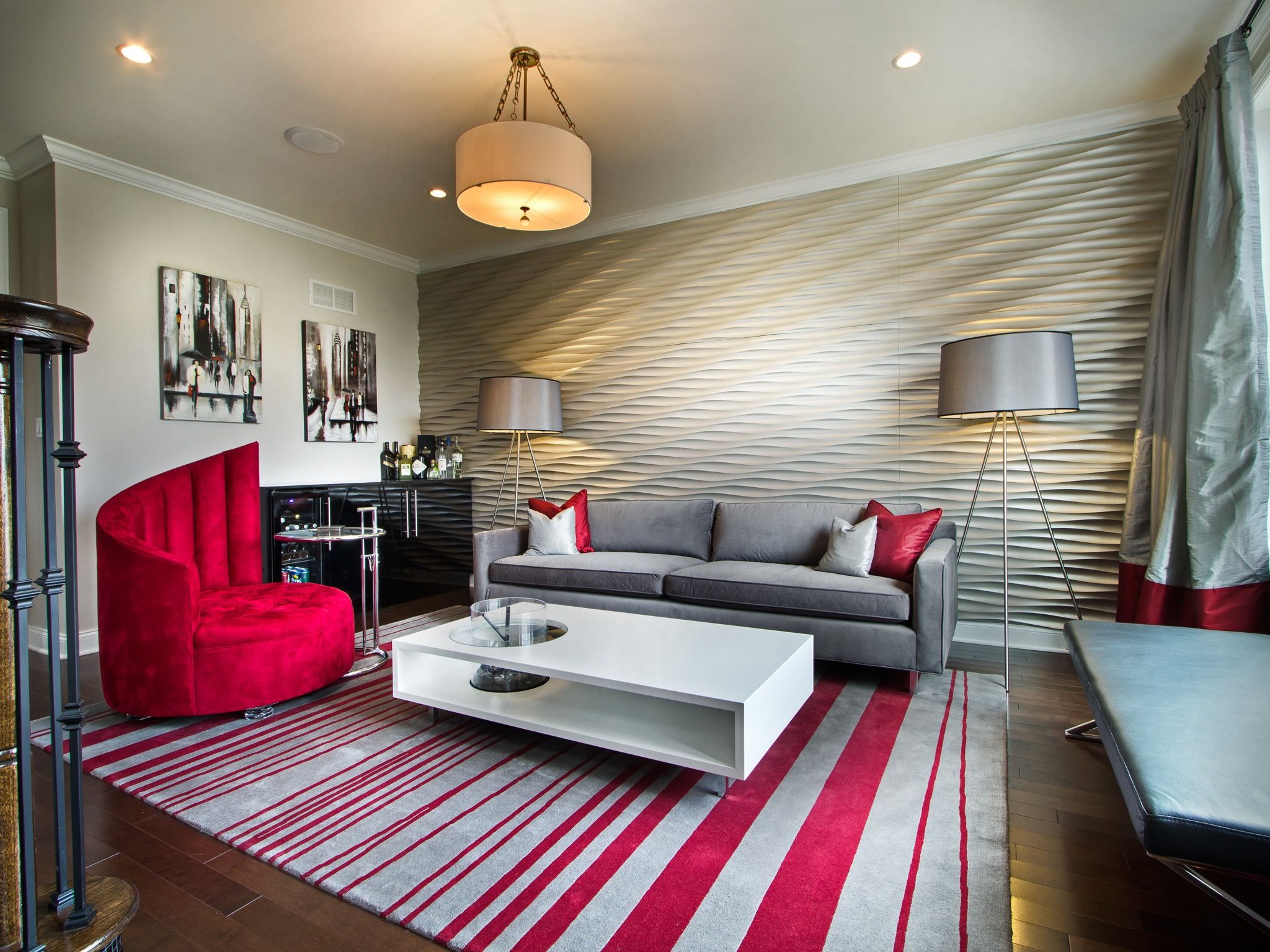 While choosing a color scheme, it is crucial to maintain a balance between different colors and elements in the room.
Using too many bold colors can create a chaotic and overwhelming look, while too many neutral colors can make a space feel dull and bland.
Strike a balance by incorporating a mix of warm and cool colors, as well as light and dark shades.
Additionally,
adding contrasting elements like texture, patterns, and different materials can add depth and visual interest to your living room and kitchen.
While choosing a color scheme, it is crucial to maintain a balance between different colors and elements in the room.
Using too many bold colors can create a chaotic and overwhelming look, while too many neutral colors can make a space feel dull and bland.
Strike a balance by incorporating a mix of warm and cool colors, as well as light and dark shades.
Additionally,
adding contrasting elements like texture, patterns, and different materials can add depth and visual interest to your living room and kitchen.
Final Thoughts
 Creating a harmonious color scheme for your living room and kitchen is all about understanding color psychology, choosing a suitable color scheme, and balancing different elements in the space.
Remember, your color scheme should reflect your personal style and create a comfortable and inviting atmosphere for both you and your guests.
Keep experimenting until you find the perfect color scheme that brings your living room and kitchen to life.
Creating a harmonious color scheme for your living room and kitchen is all about understanding color psychology, choosing a suitable color scheme, and balancing different elements in the space.
Remember, your color scheme should reflect your personal style and create a comfortable and inviting atmosphere for both you and your guests.
Keep experimenting until you find the perfect color scheme that brings your living room and kitchen to life.



:max_bytes(150000):strip_icc()/what-is-a-neutral-color-1973822-03-3fab8b5a361d49638d3de1cbaf579a22.jpg)
/MyDomaine_ColorPalette-Neutral-2-3590678b1c9143e28dd6b536f0a1e008.jpg)
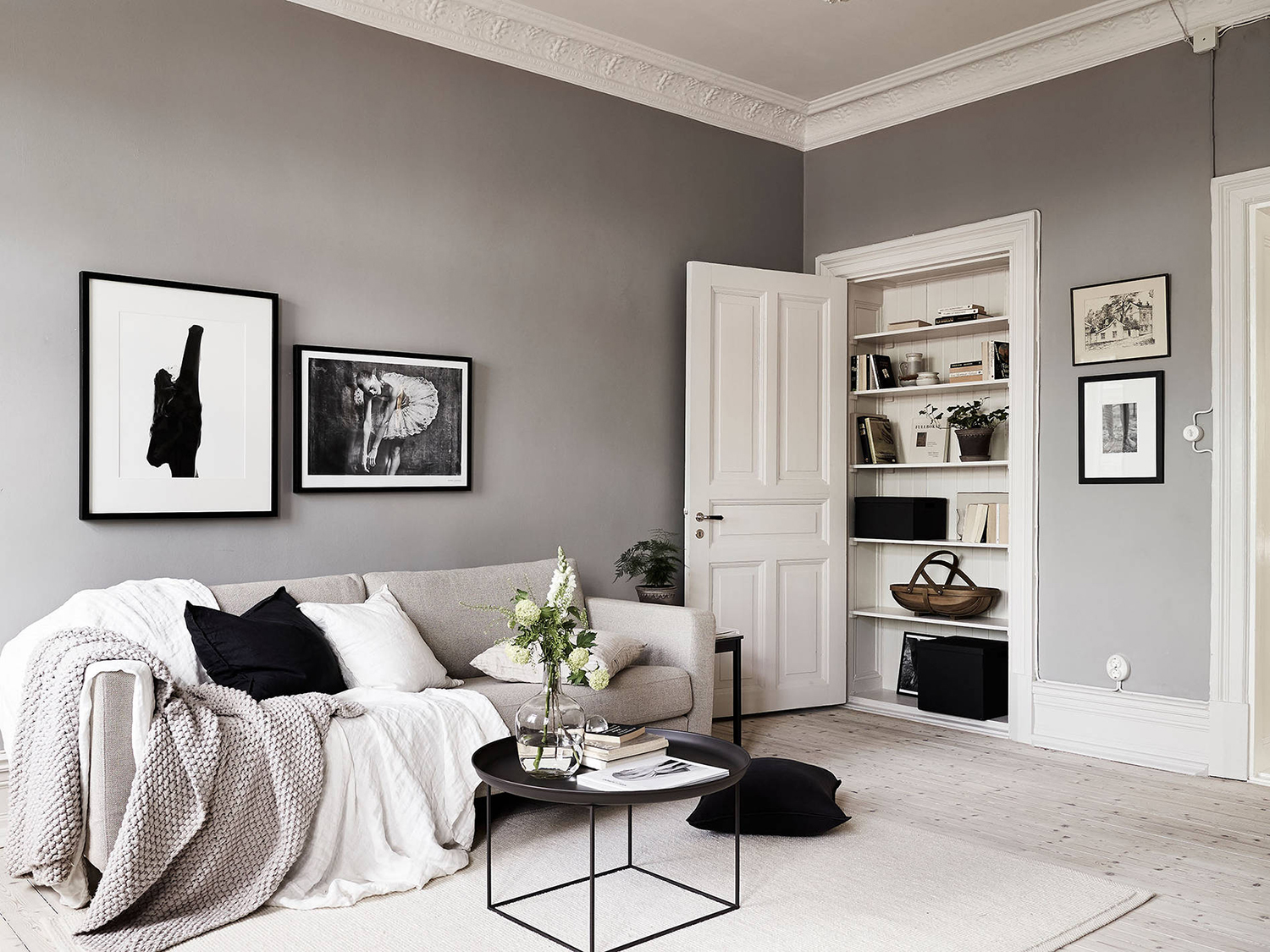

:max_bytes(150000):strip_icc()/MyDomaine_ColorPalette-Neutral-1-fe9a91dcf8814904a630a0d928216bcd.jpg)

/neutral-color-scheme-CK-Garden-Stone-57e59bc15f9b586c35f4d16b.png)
/Lee-Edwards-Getty-Images-56a5ae653df78cf7728968ec.jpg)
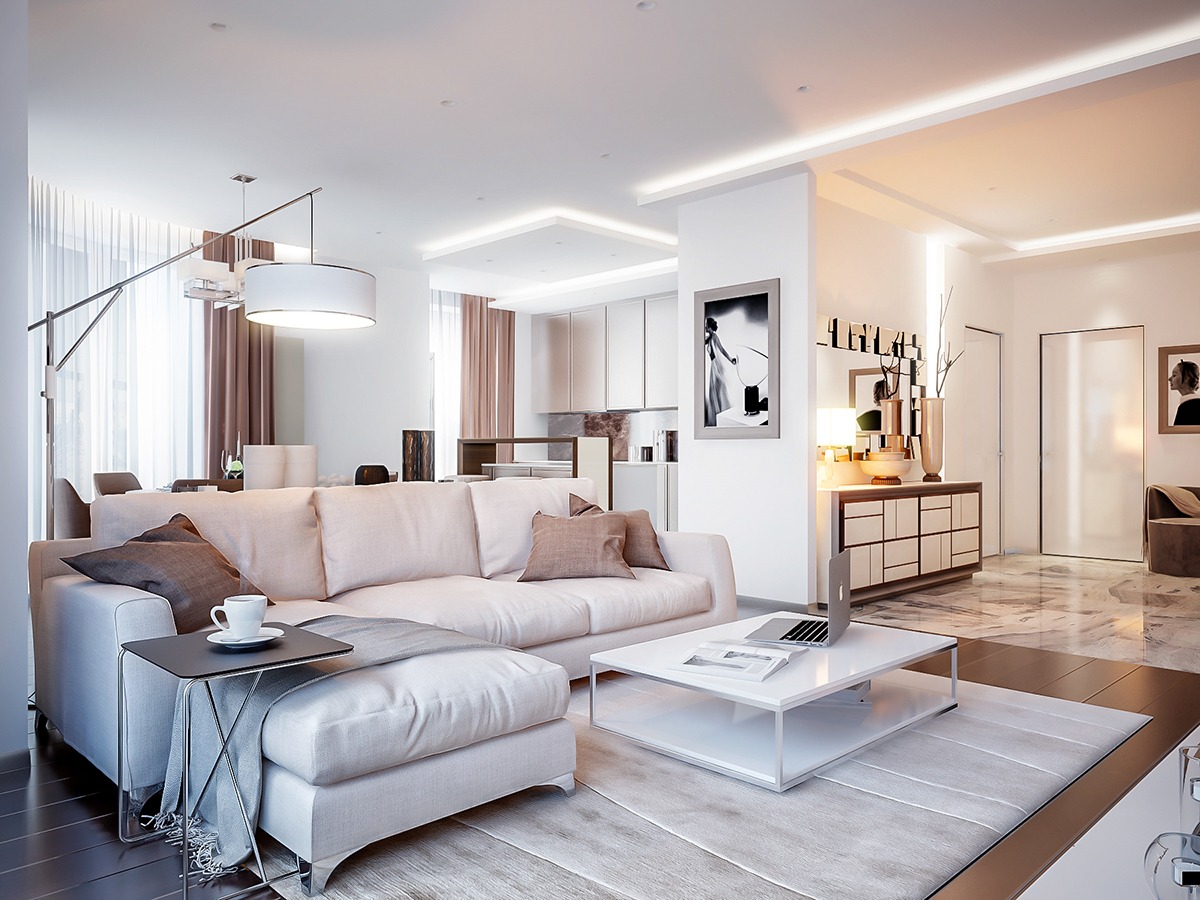
/Neutrallivingroom-GettyImages-568518365-5a6260a87d4be80036ac6b0c.jpg)







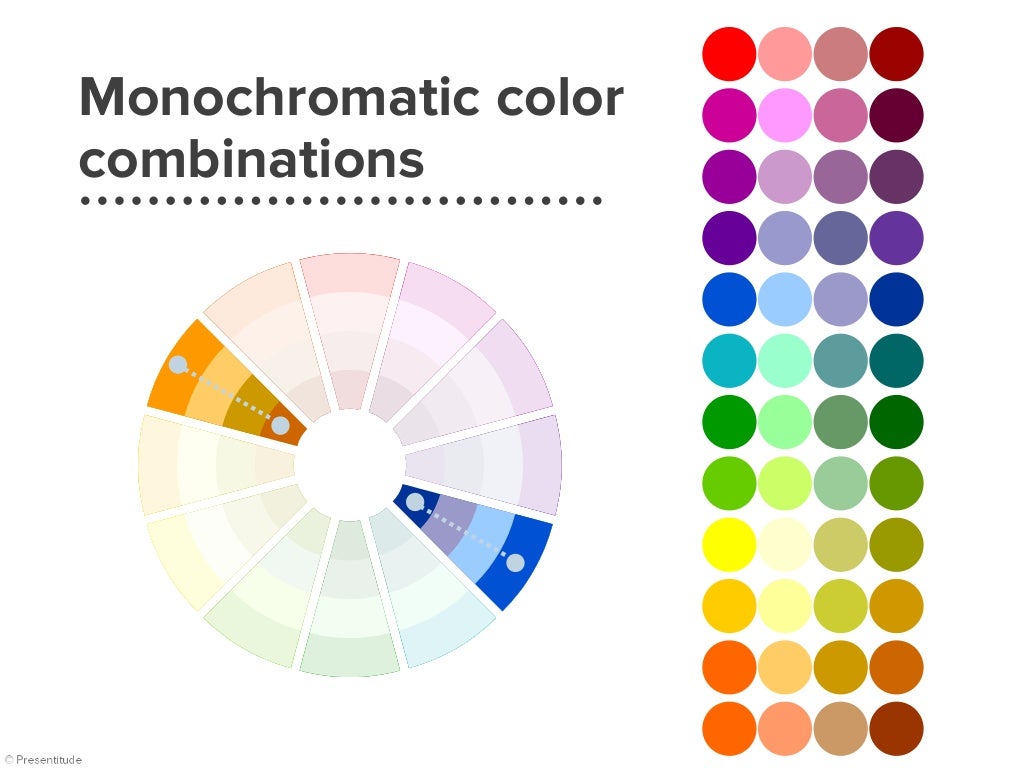

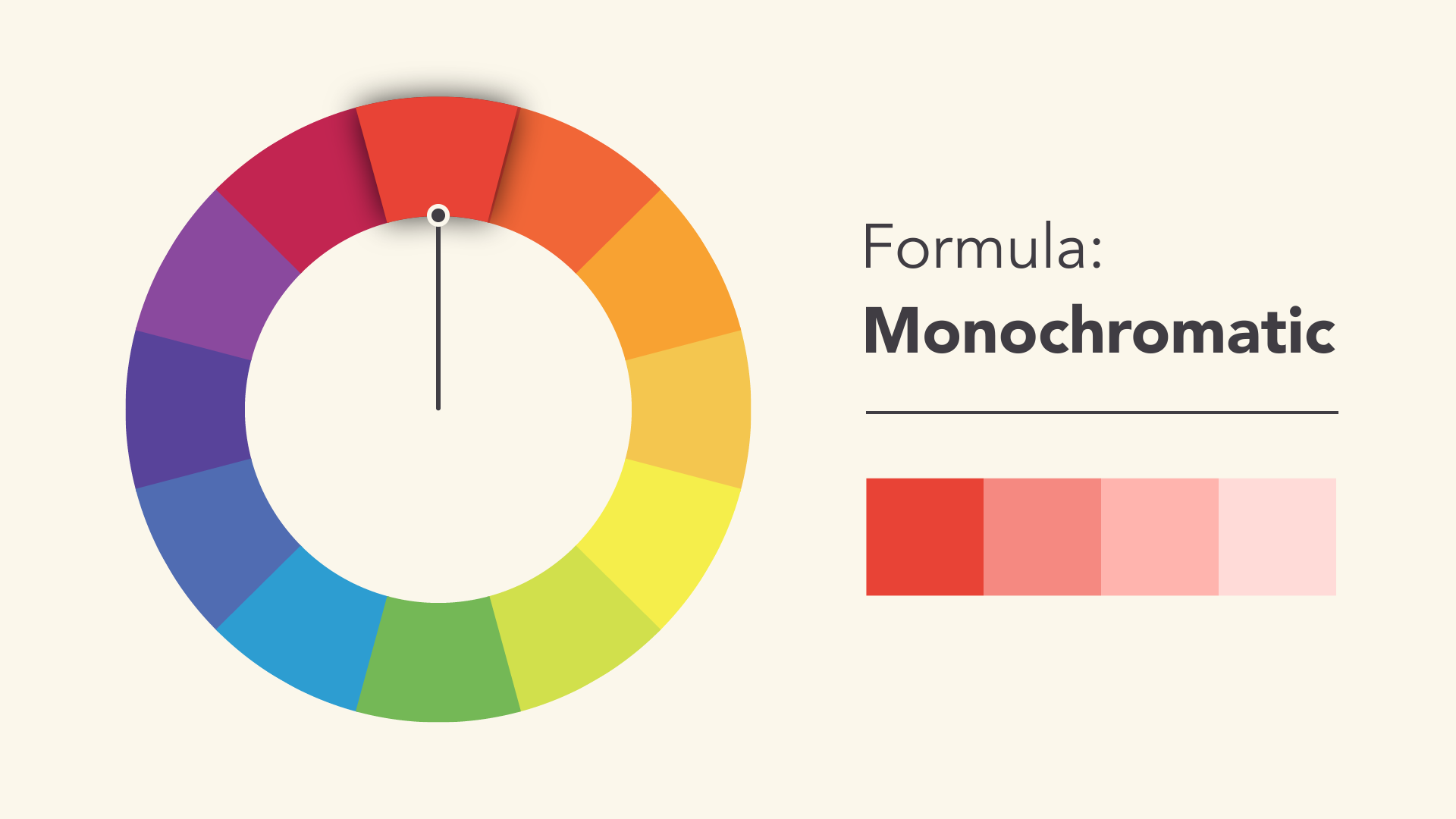


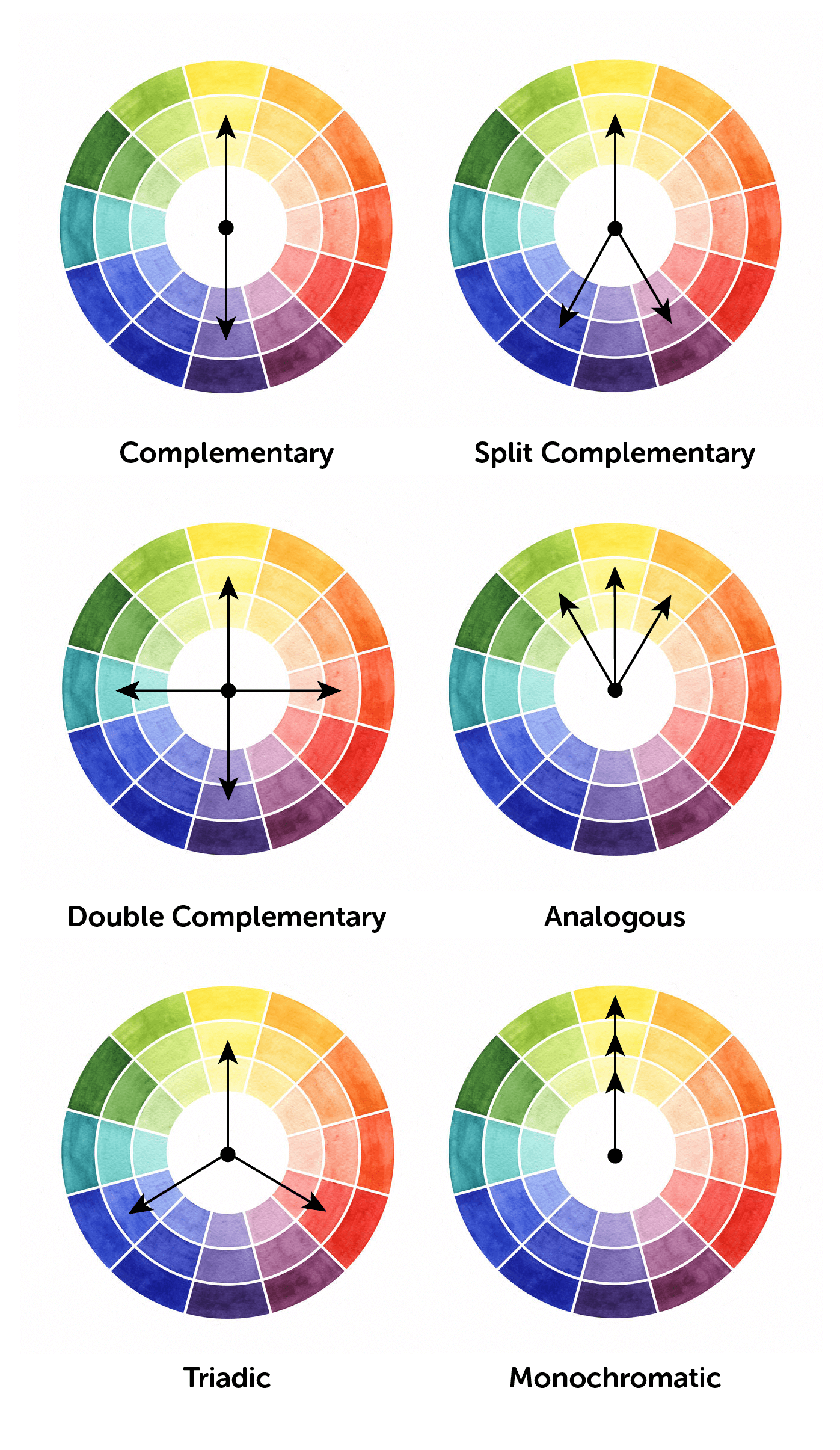


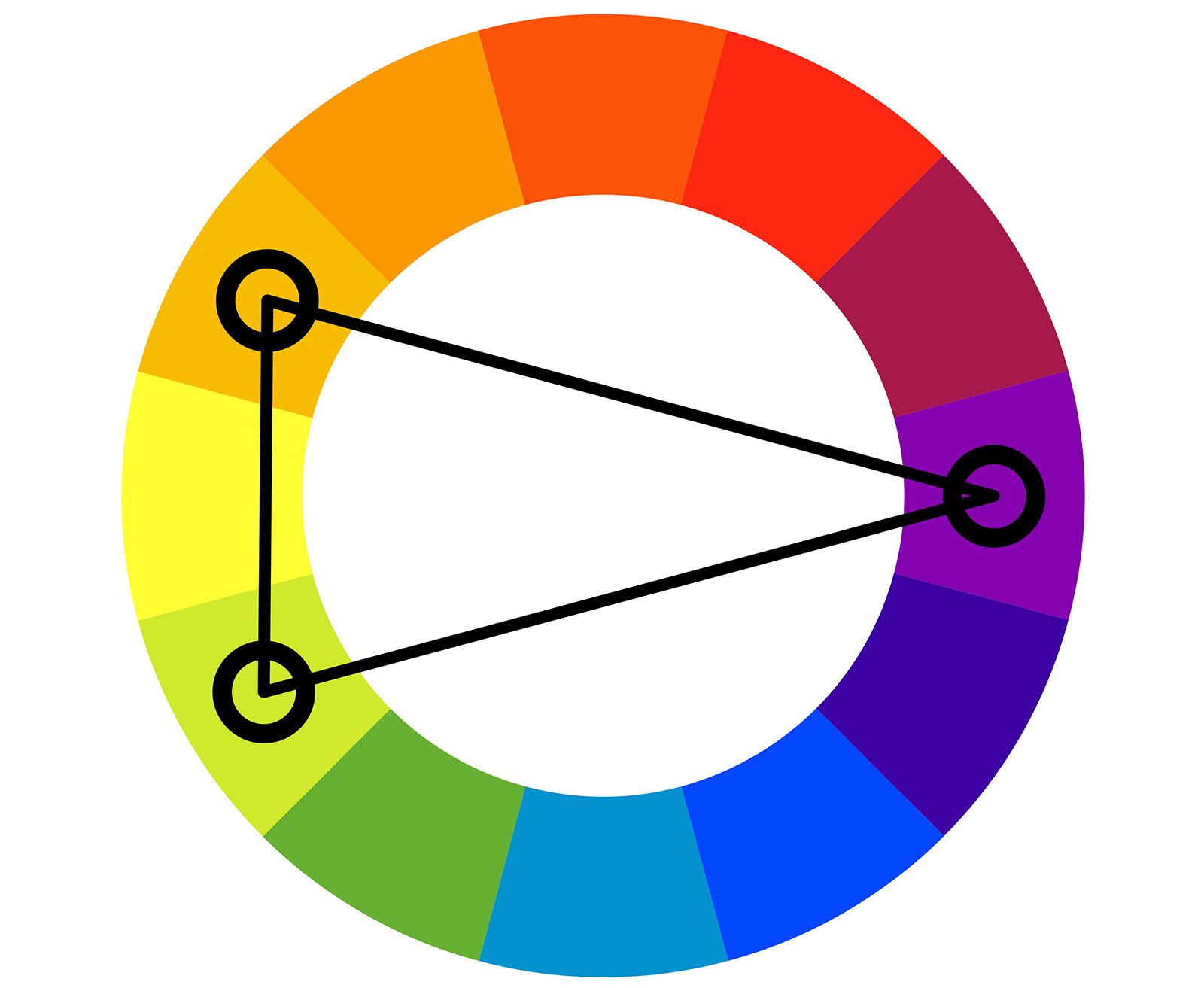
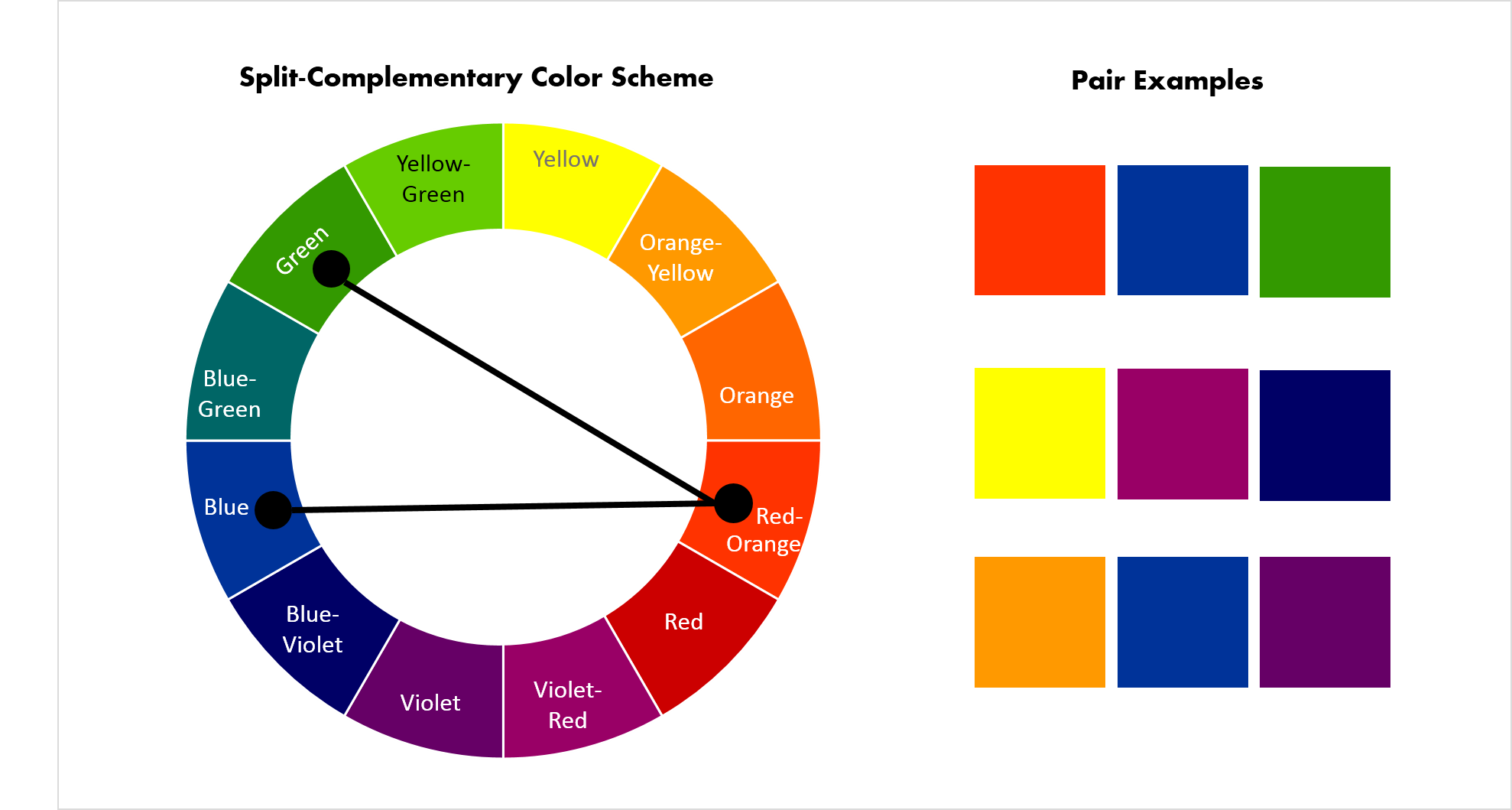
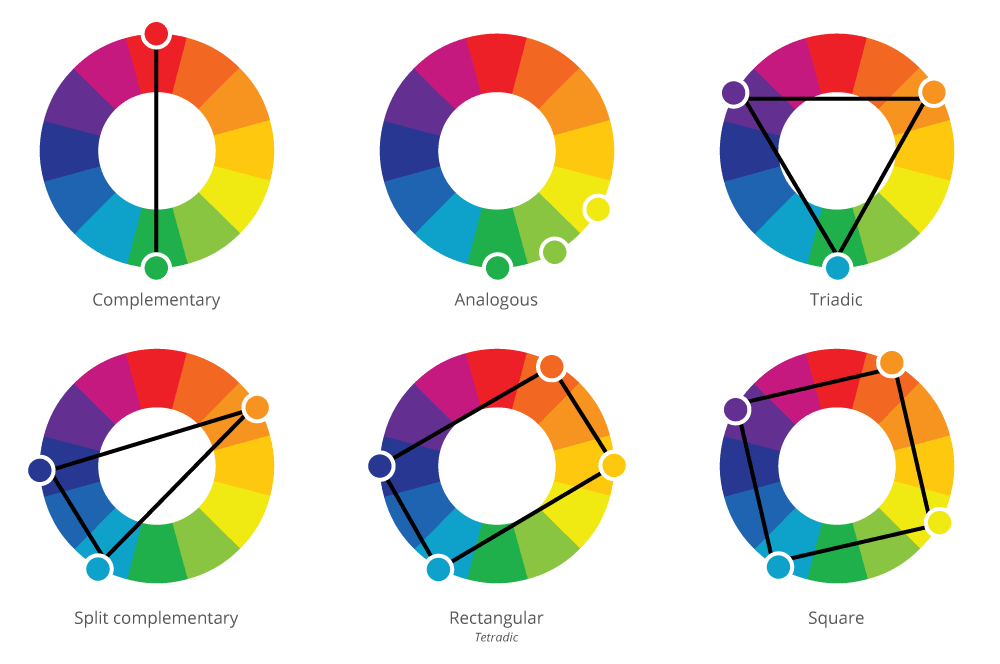

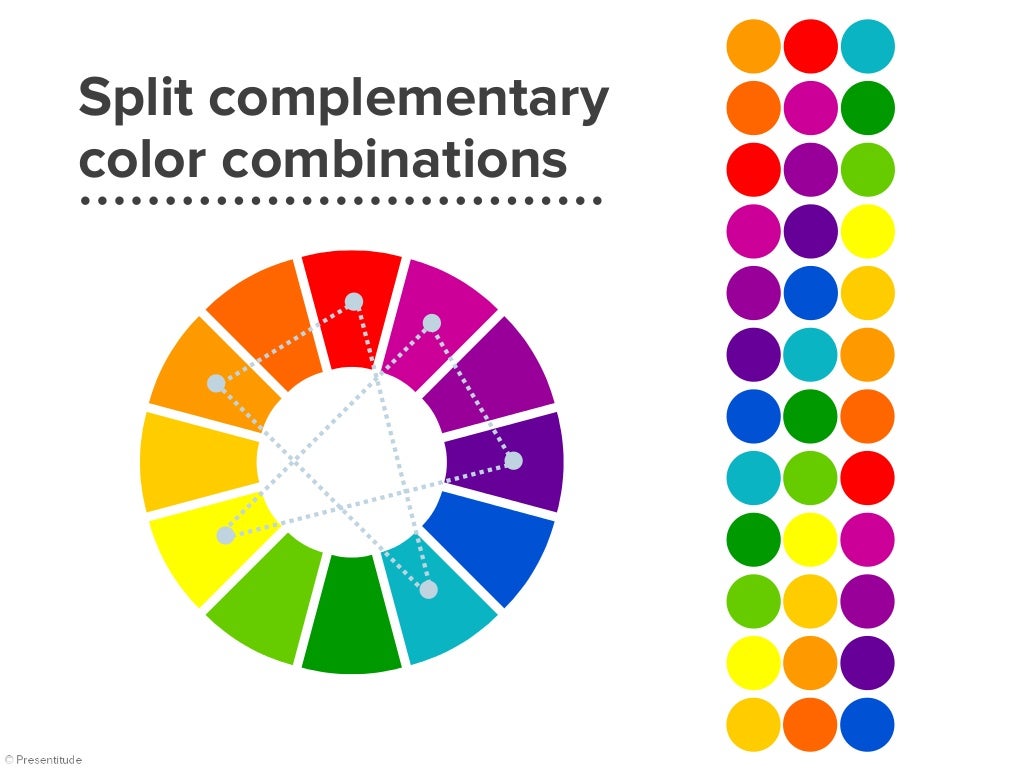
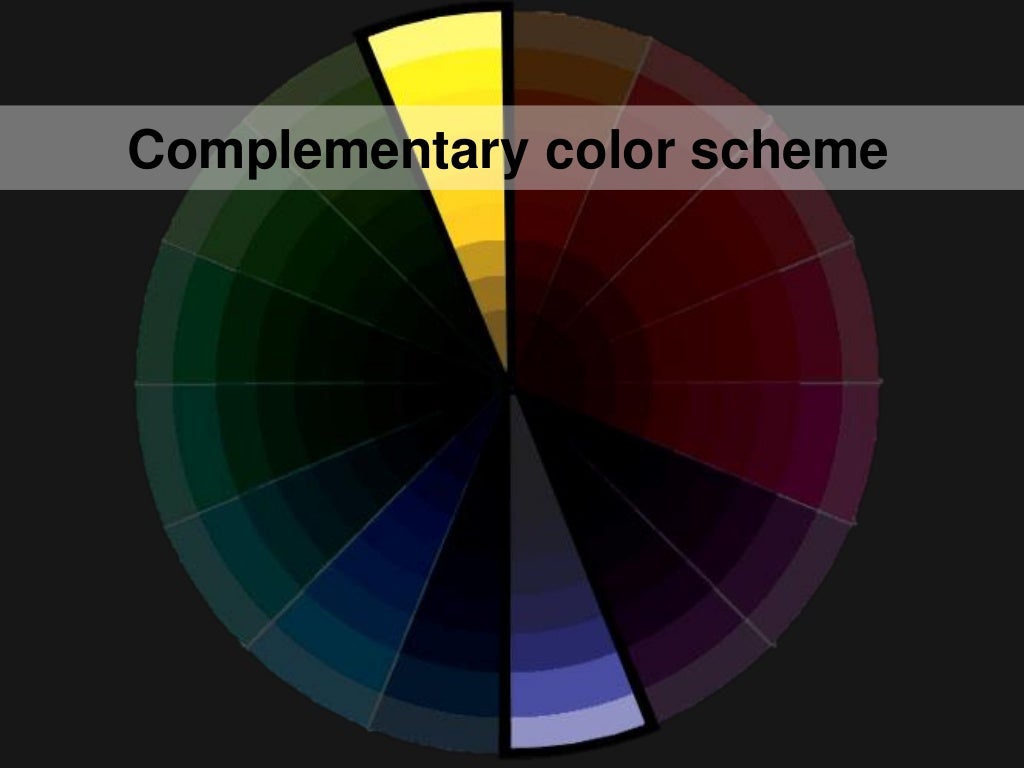



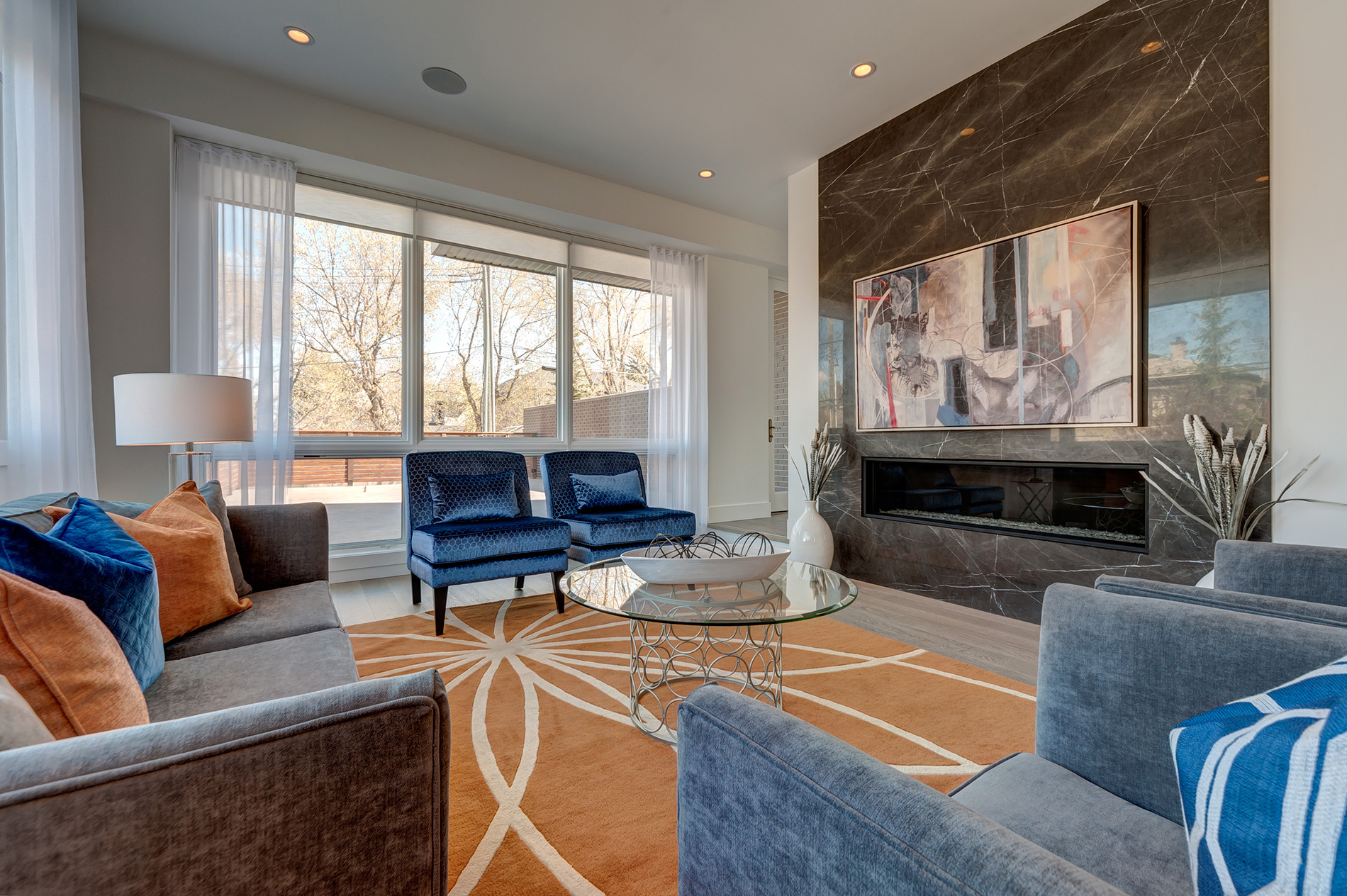
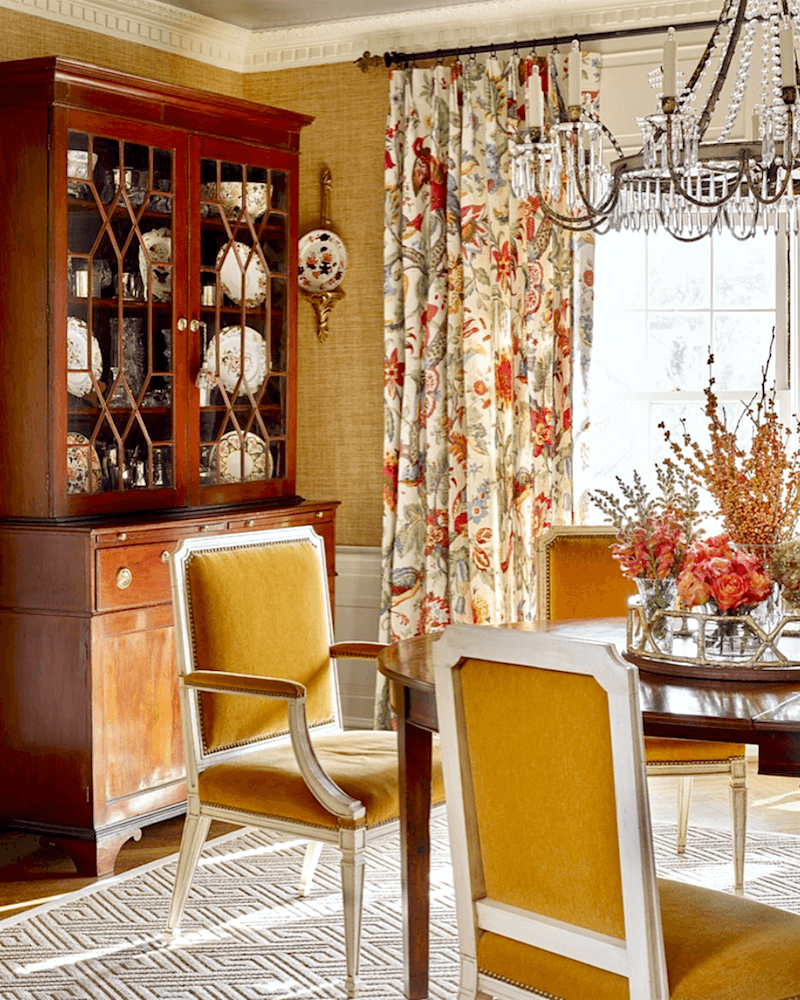


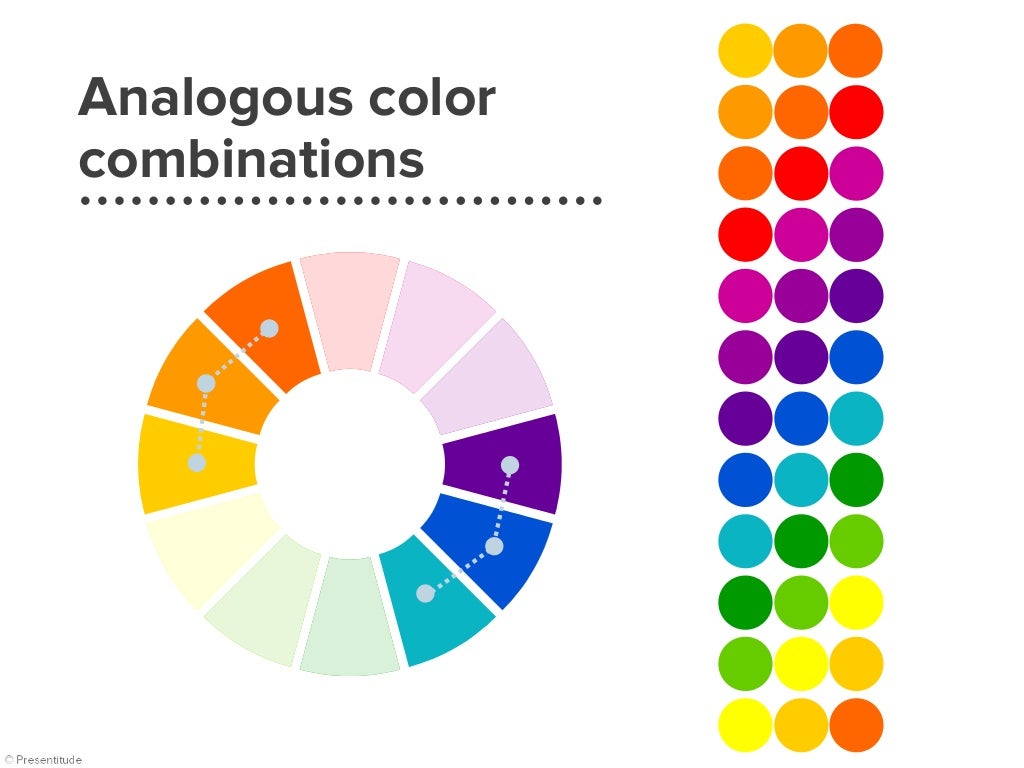
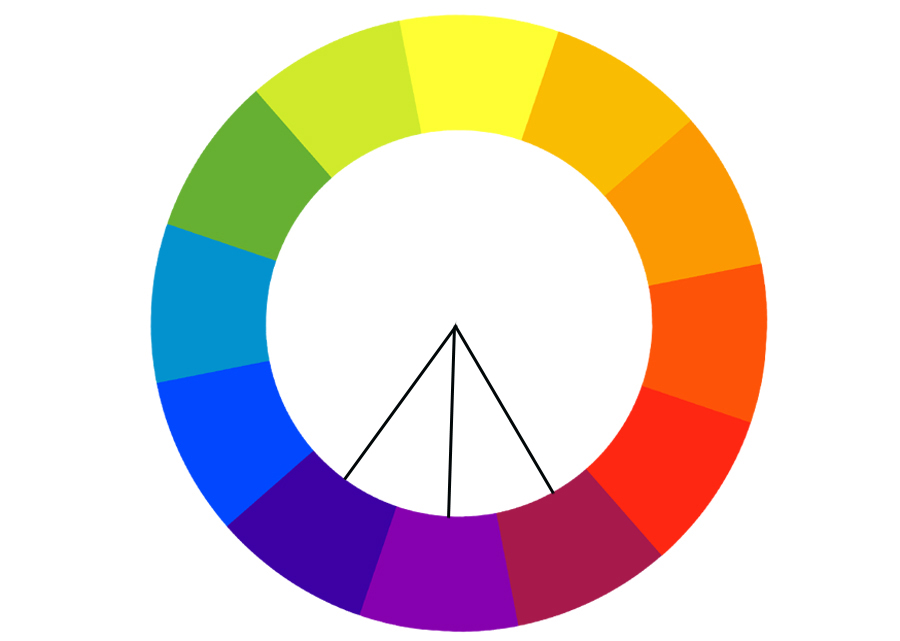
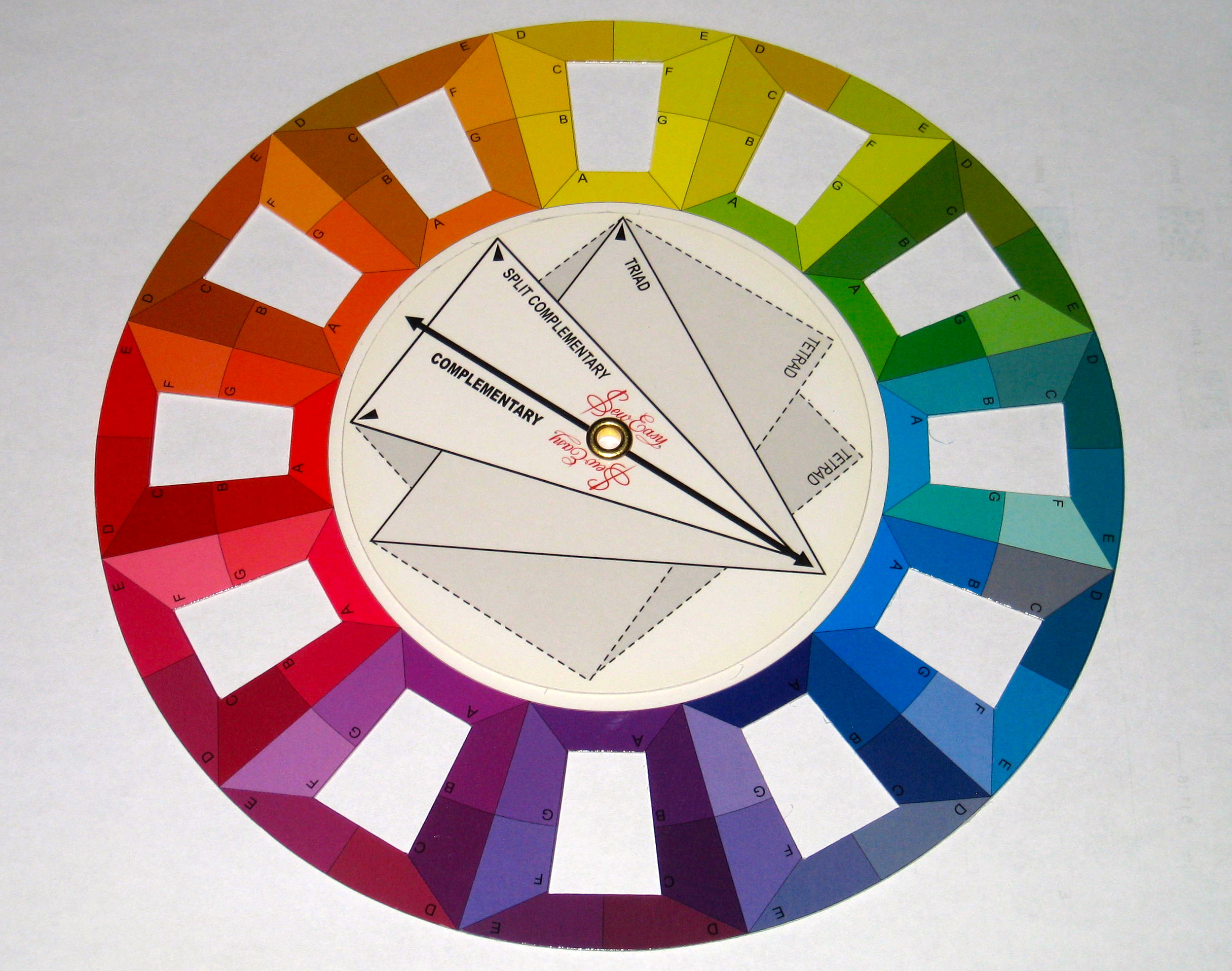

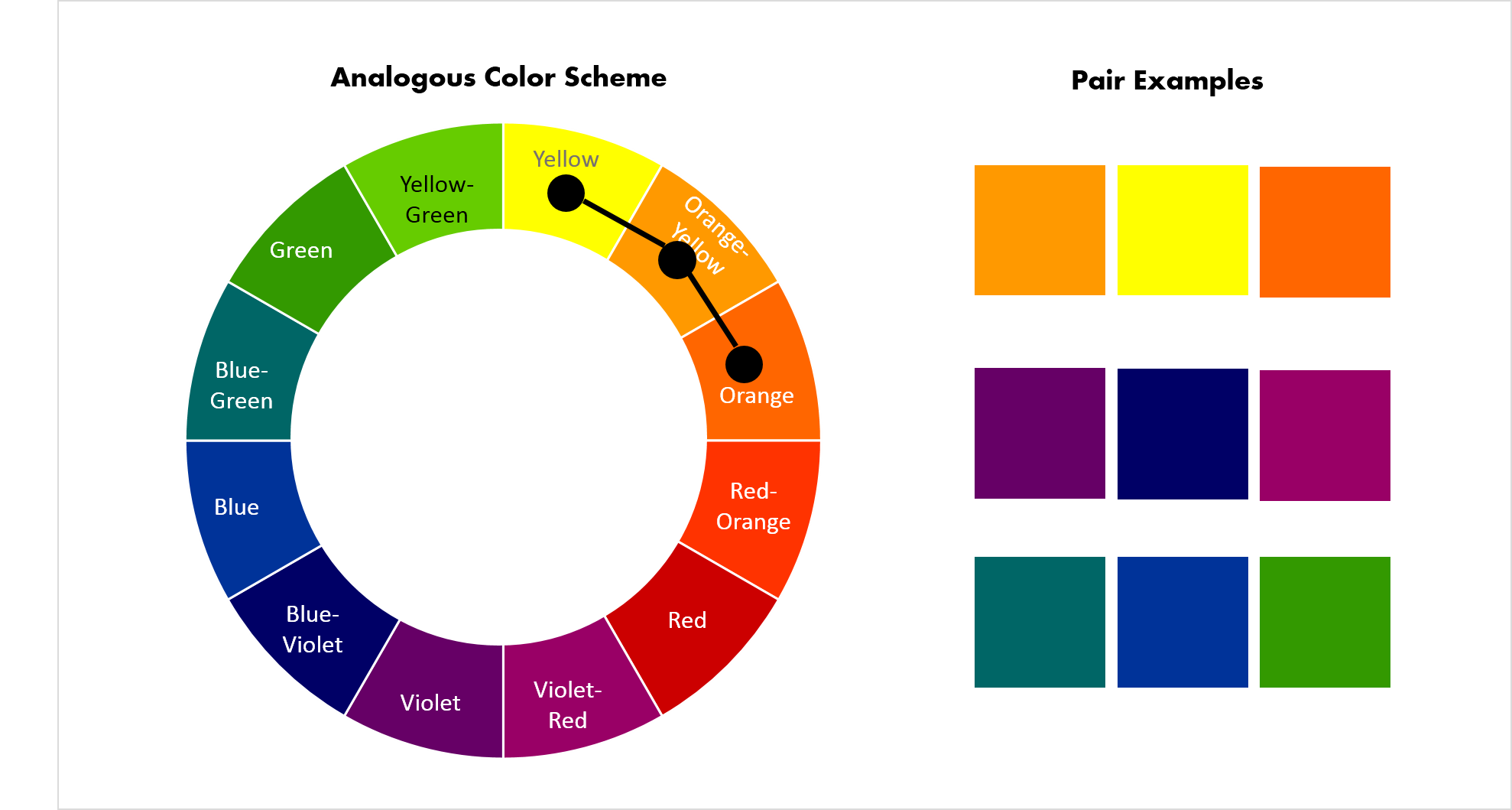
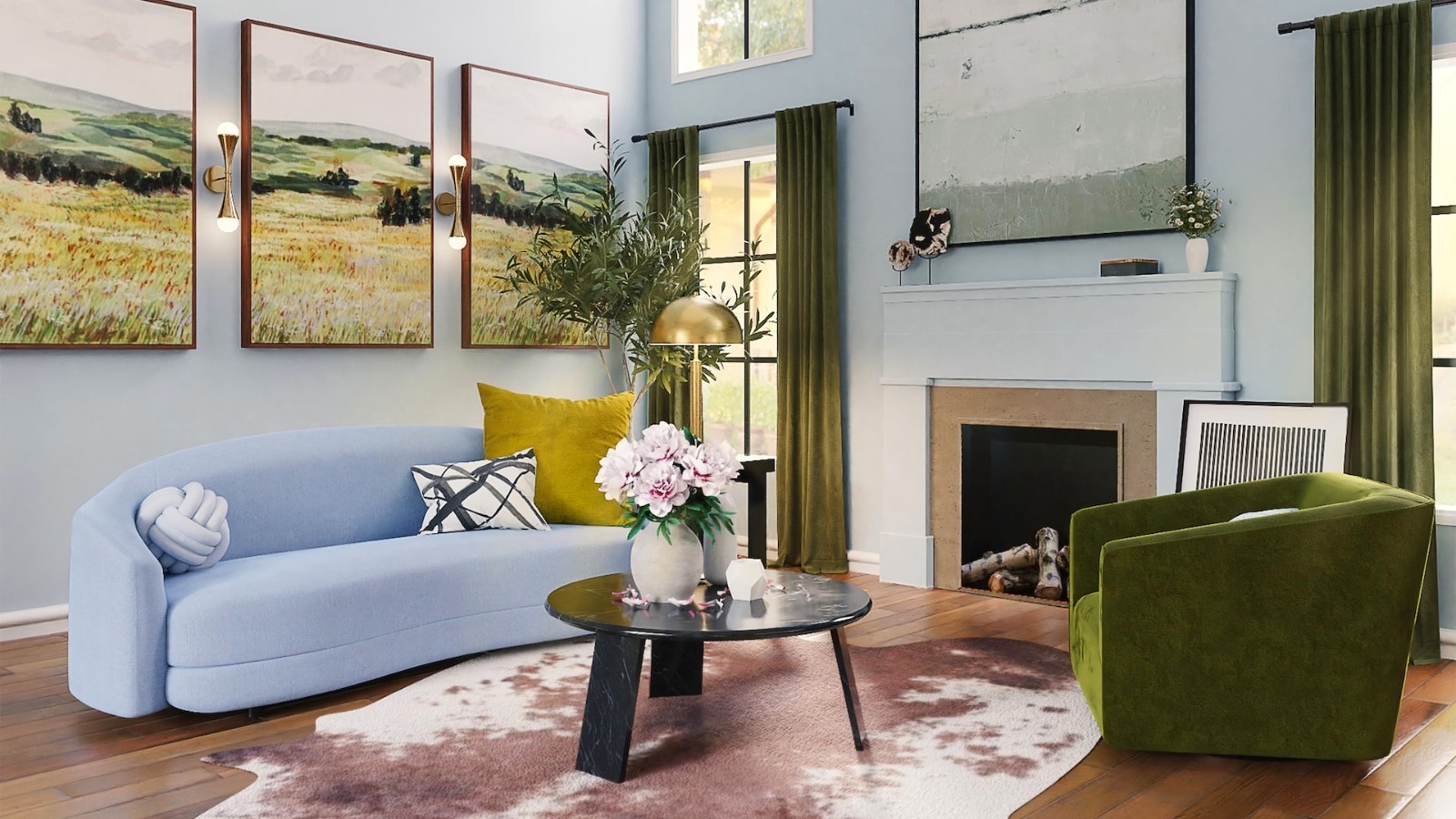


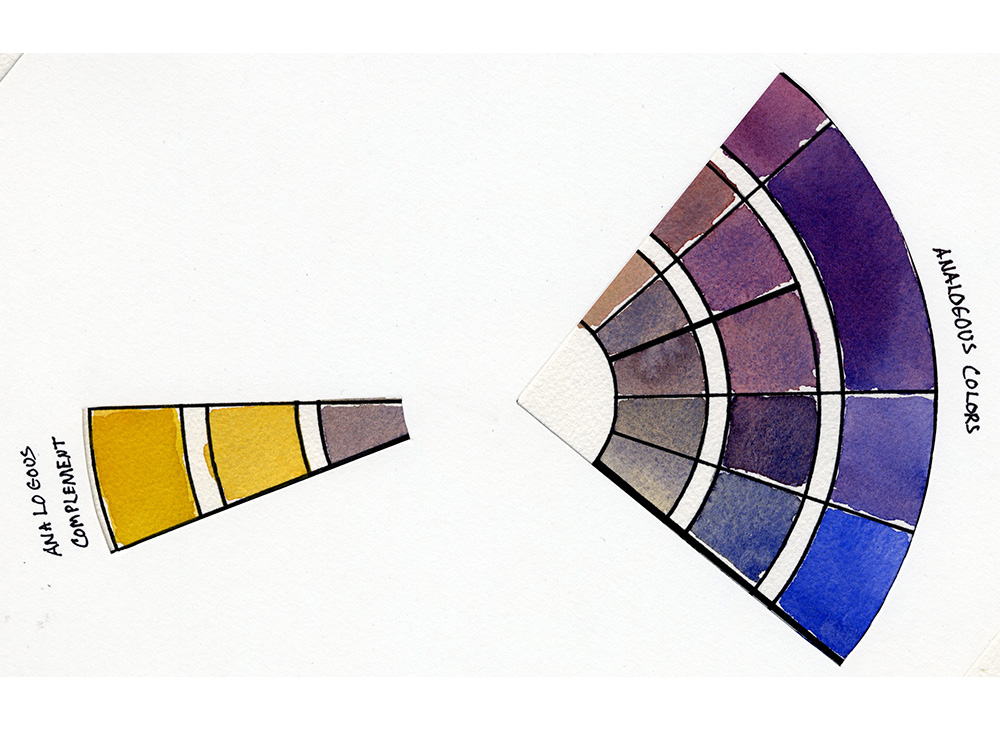





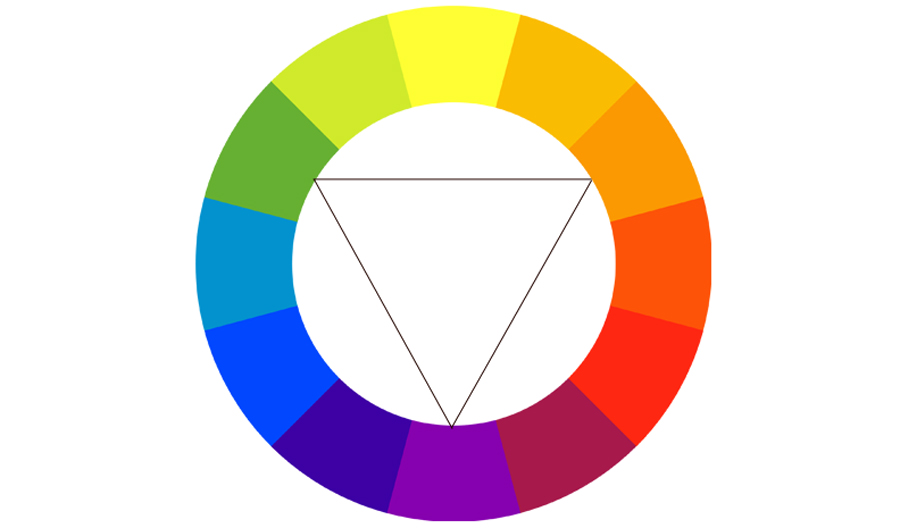

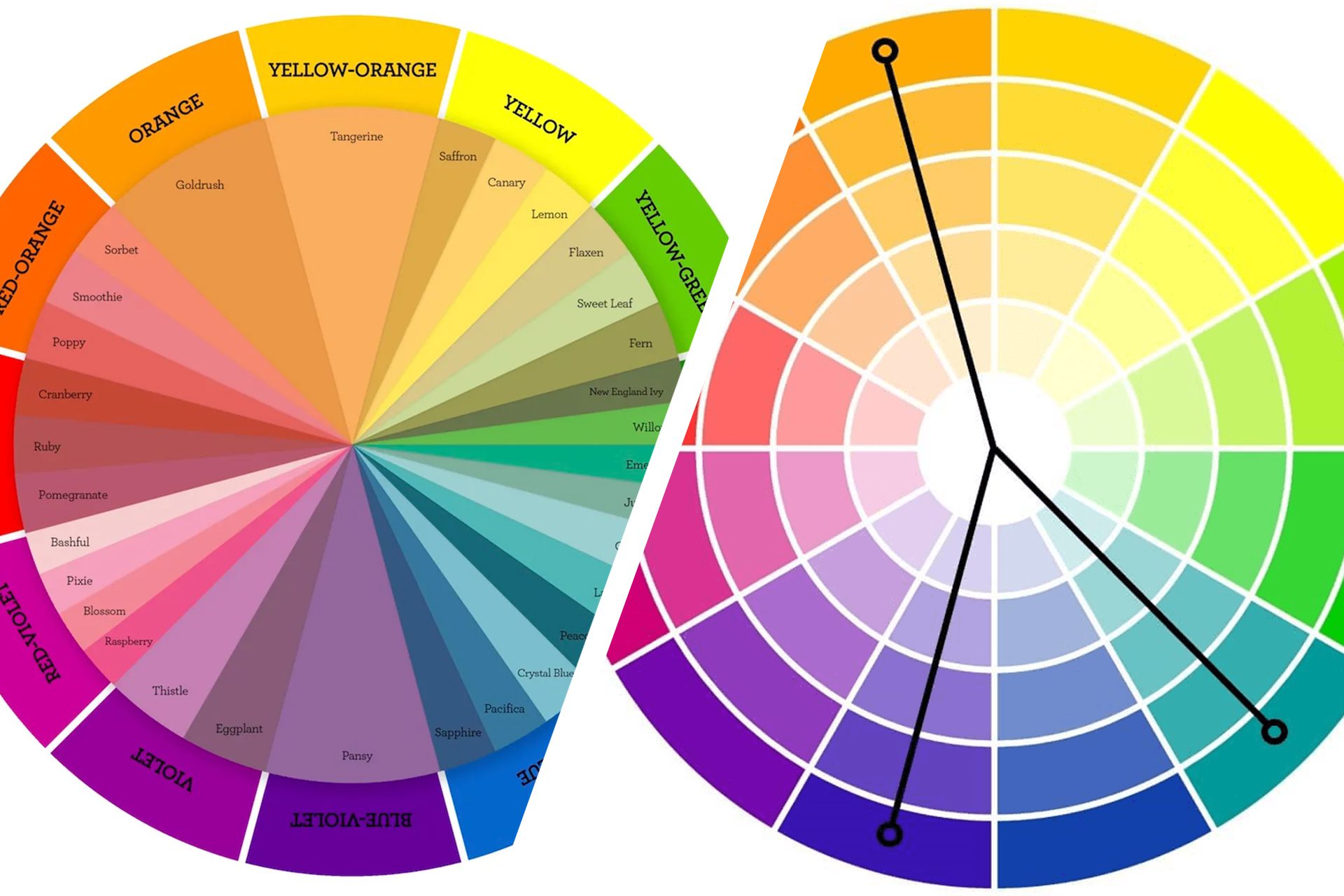
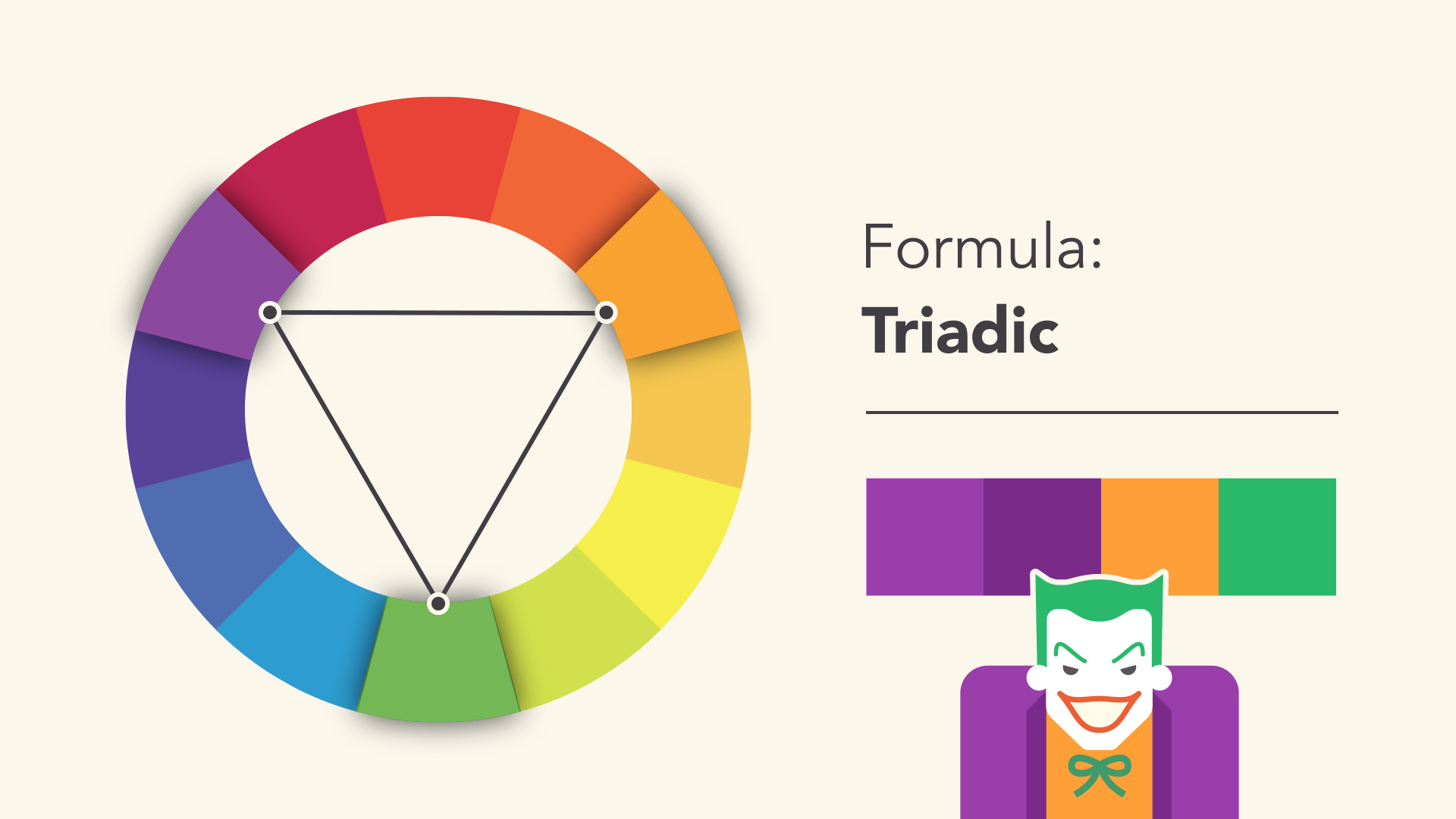
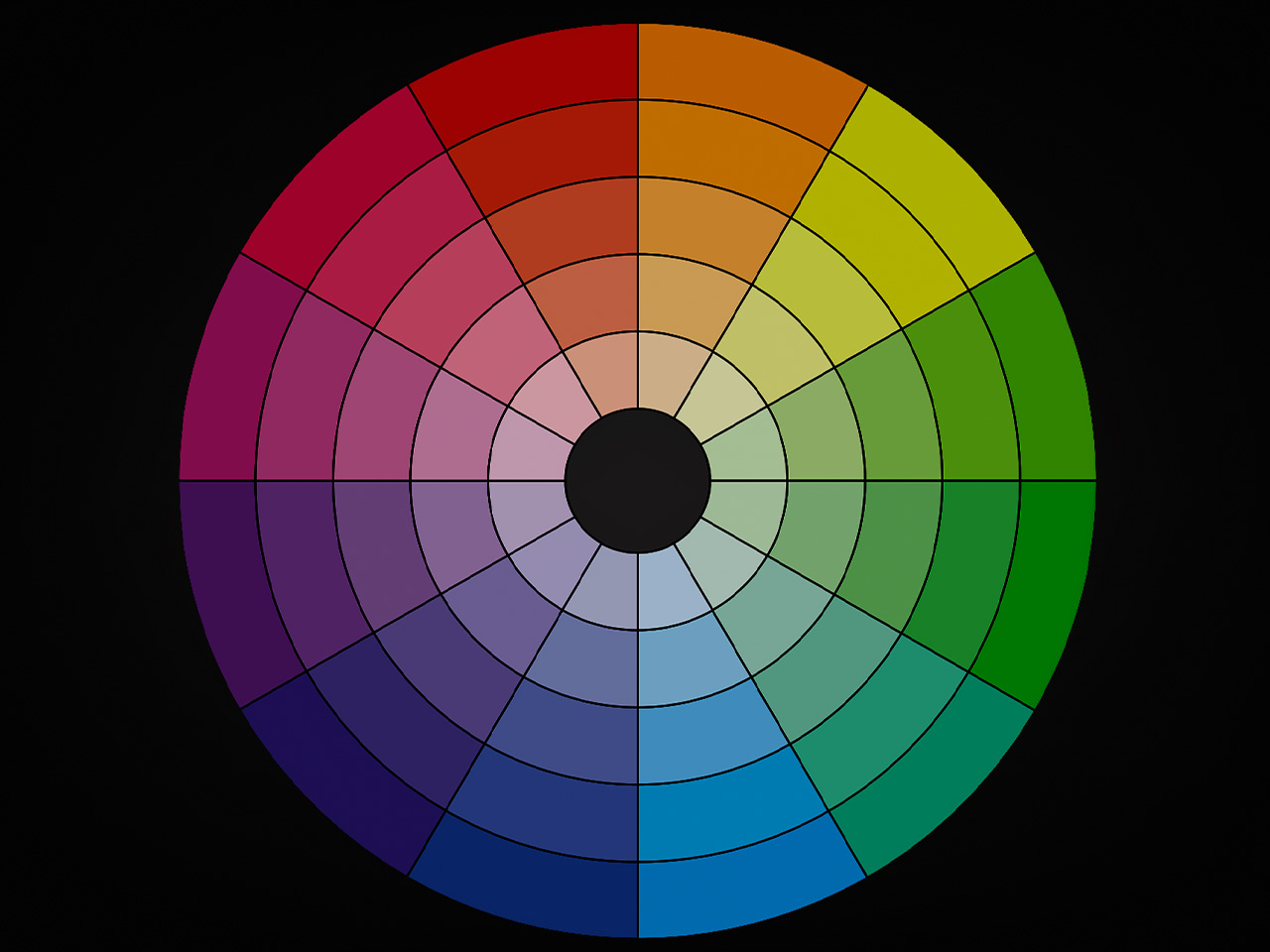




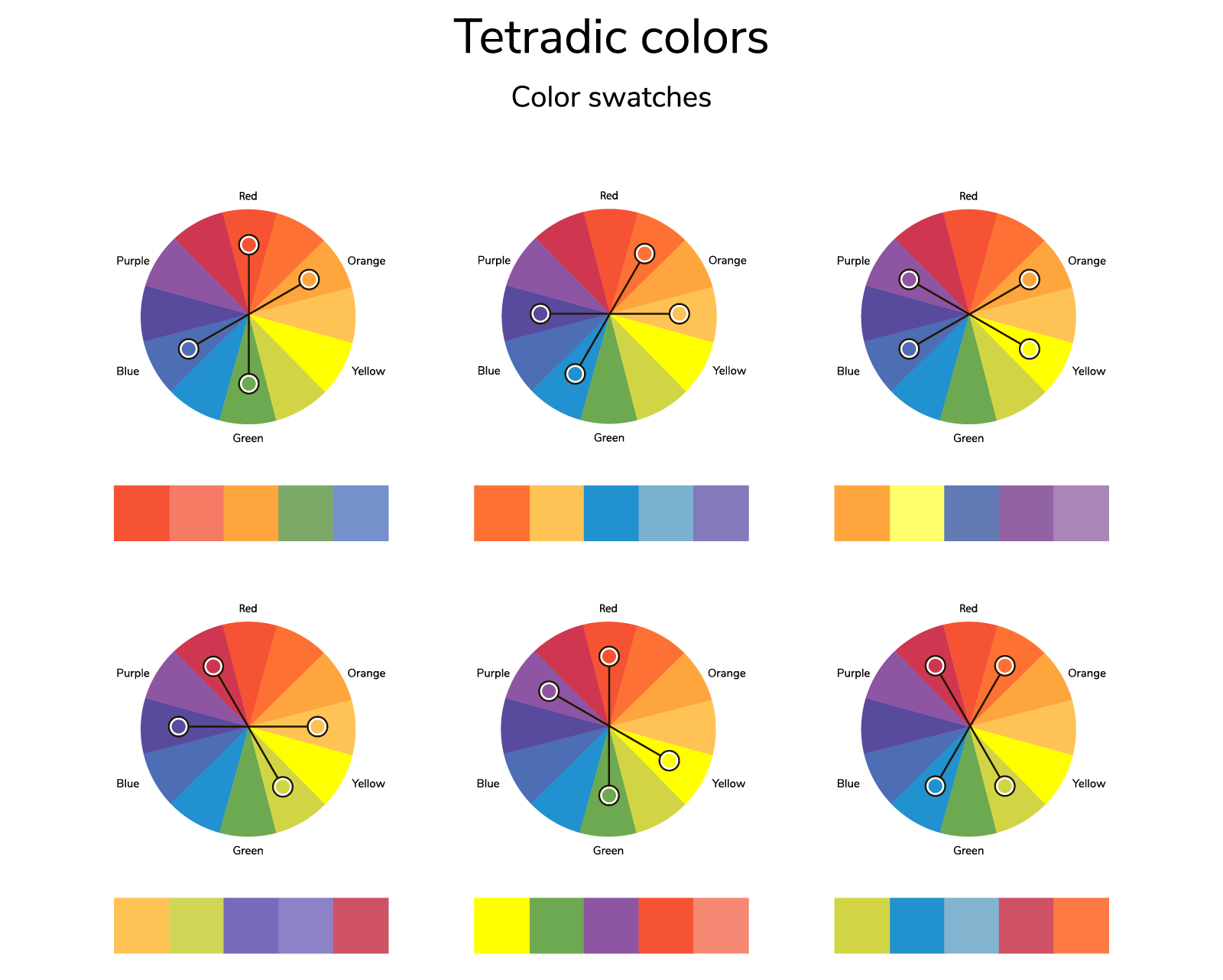
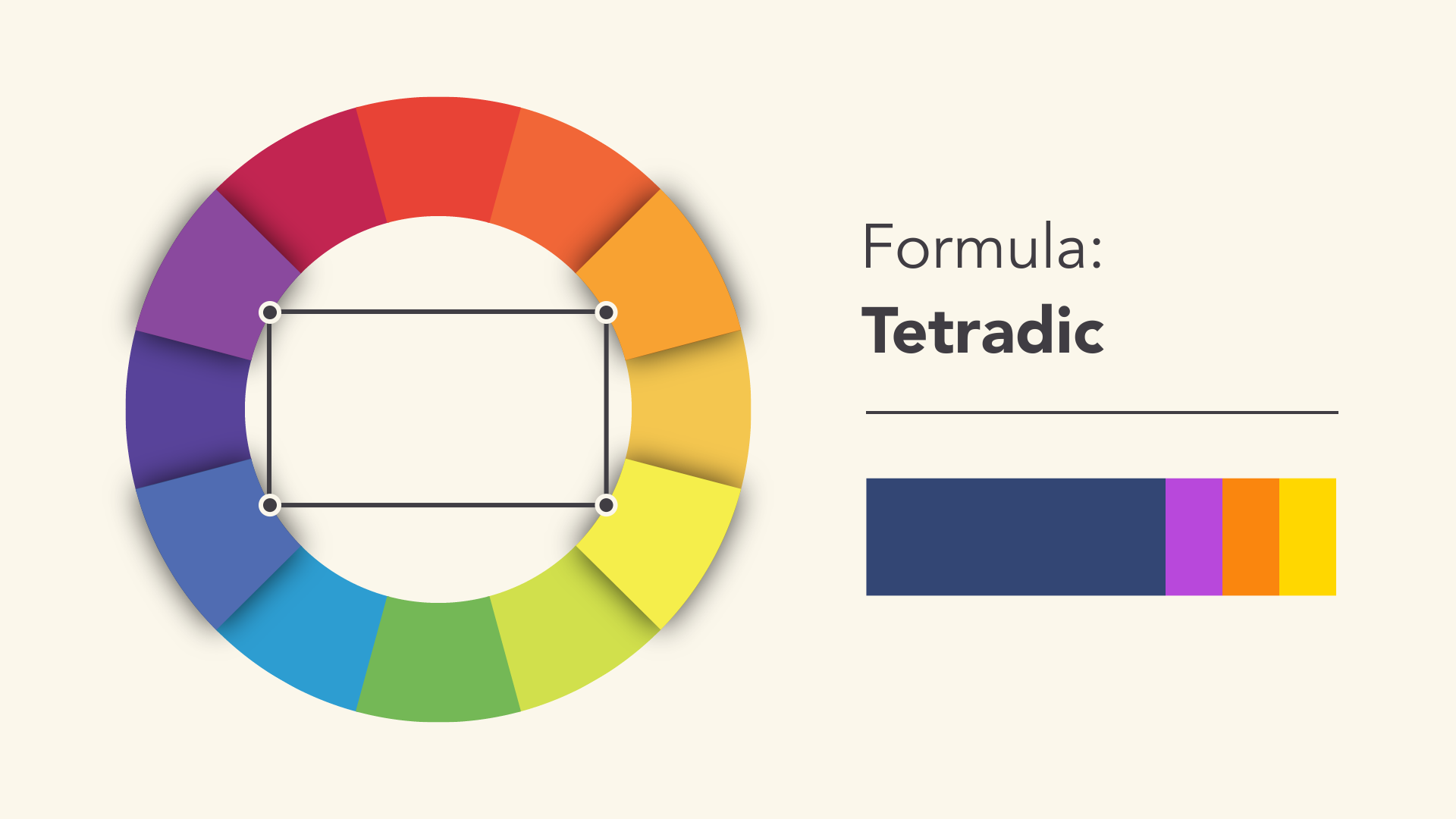
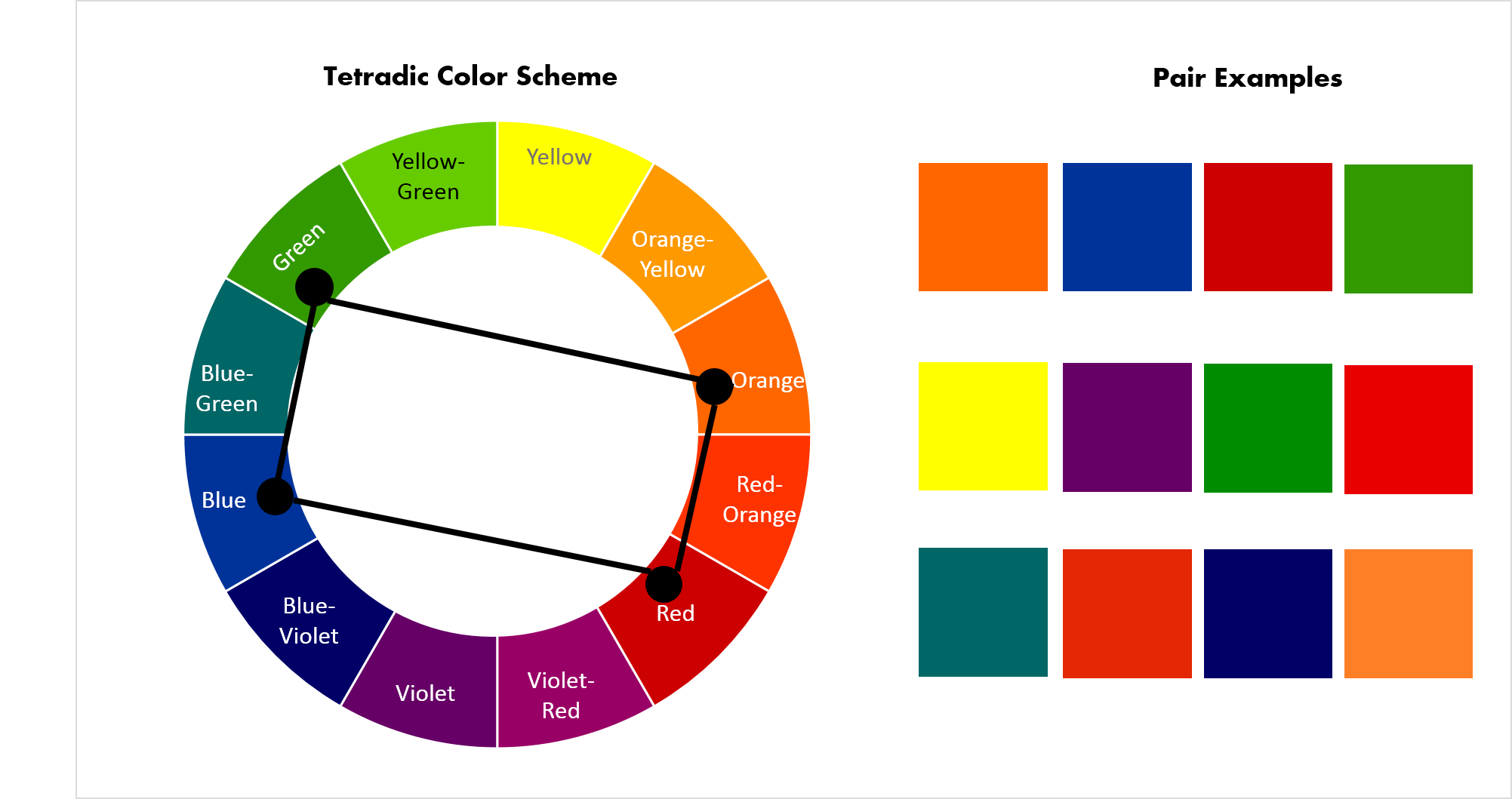


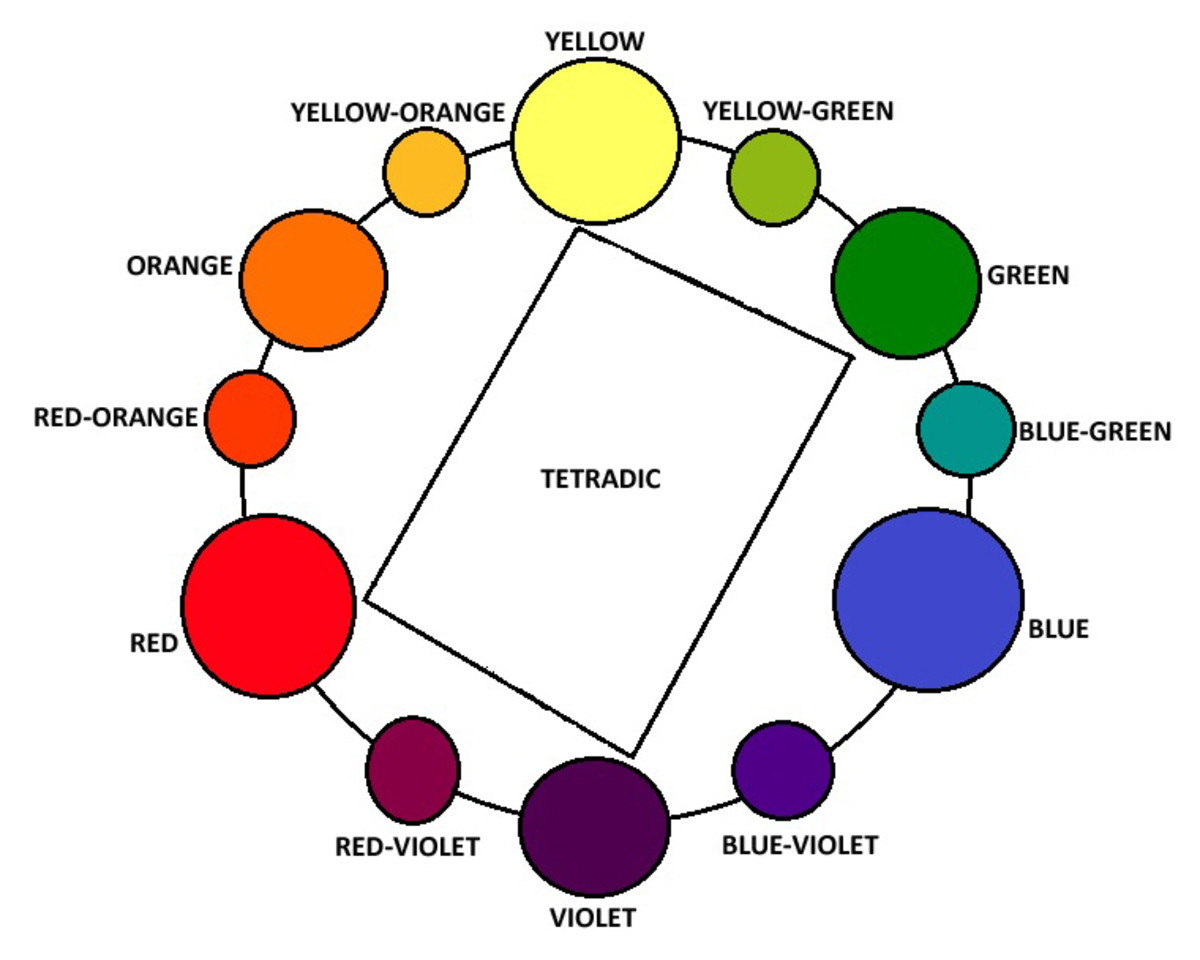
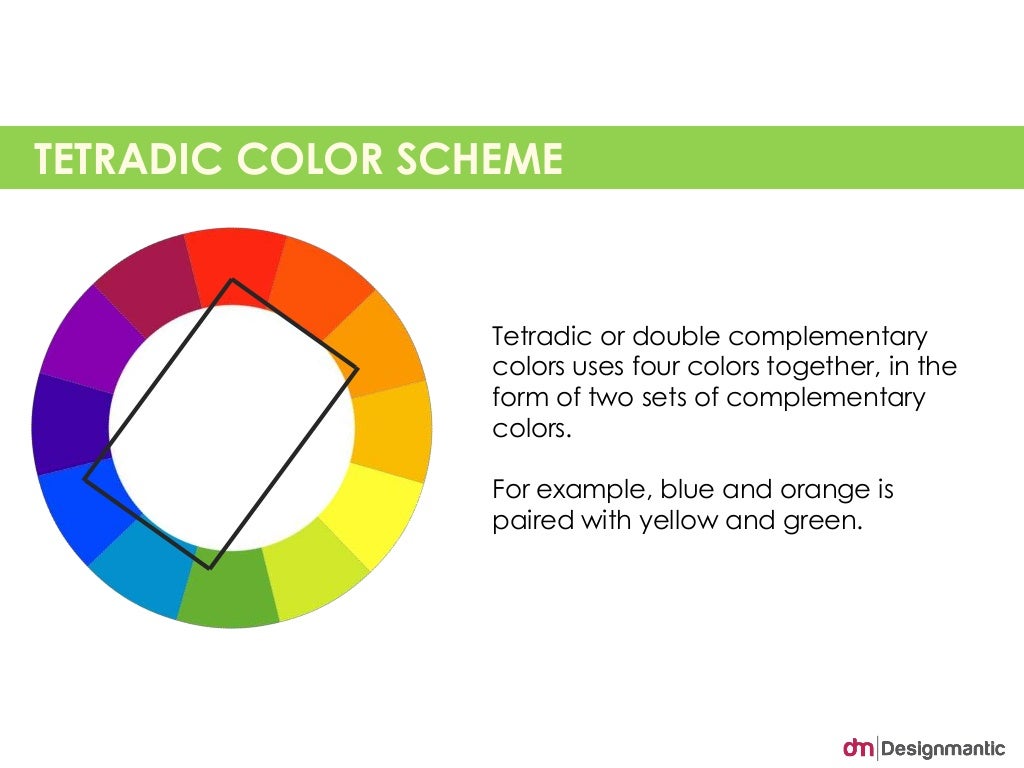





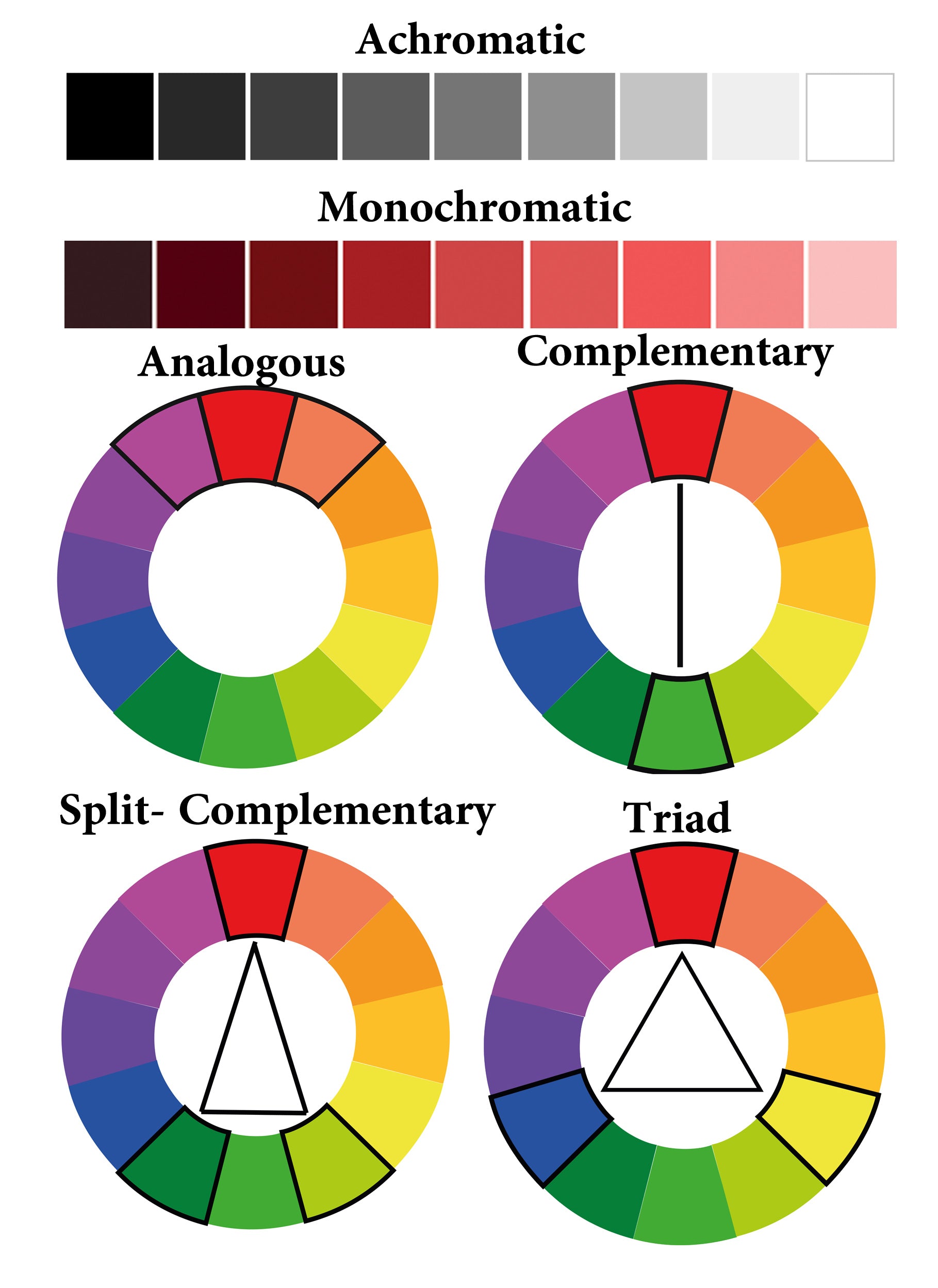
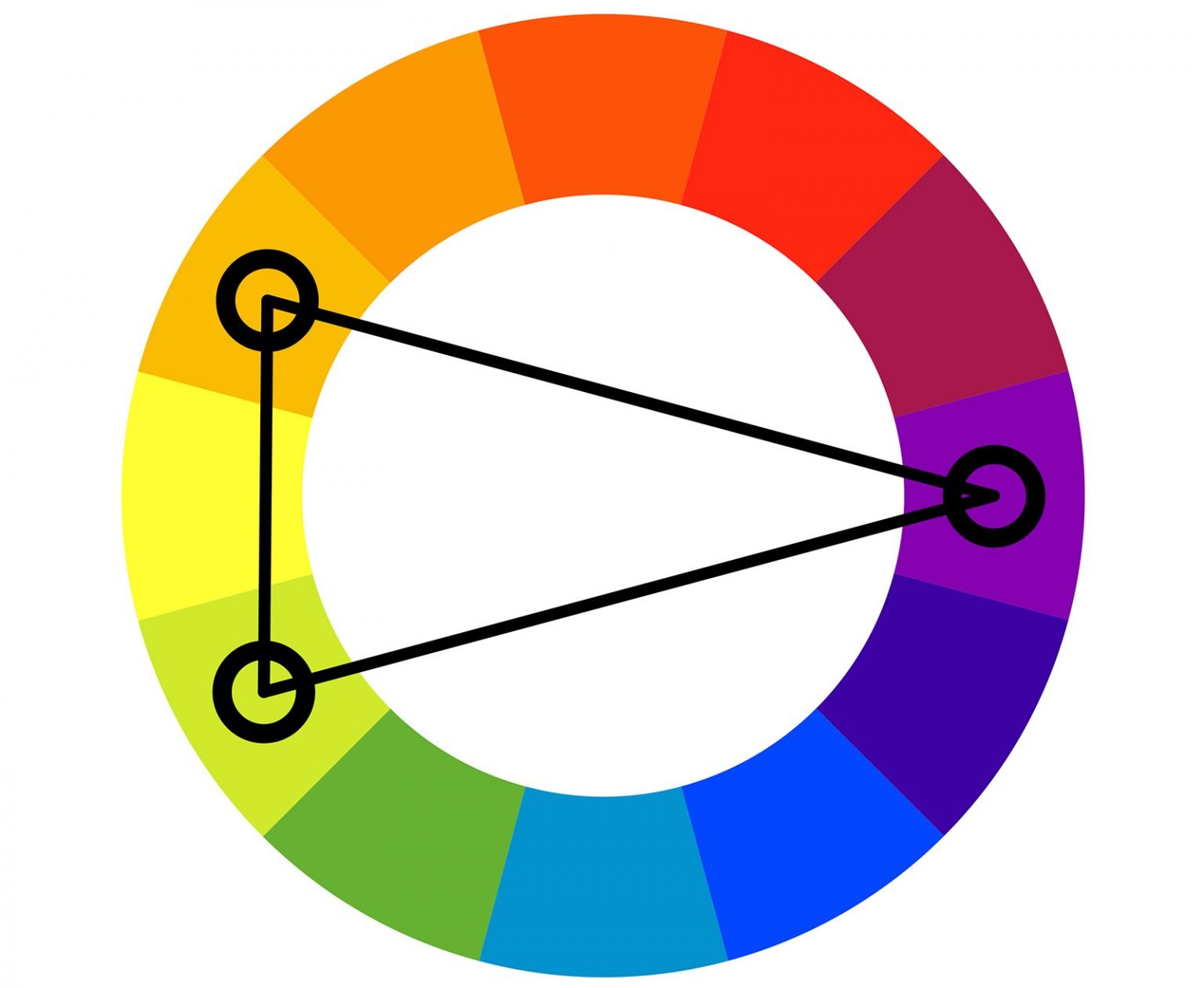

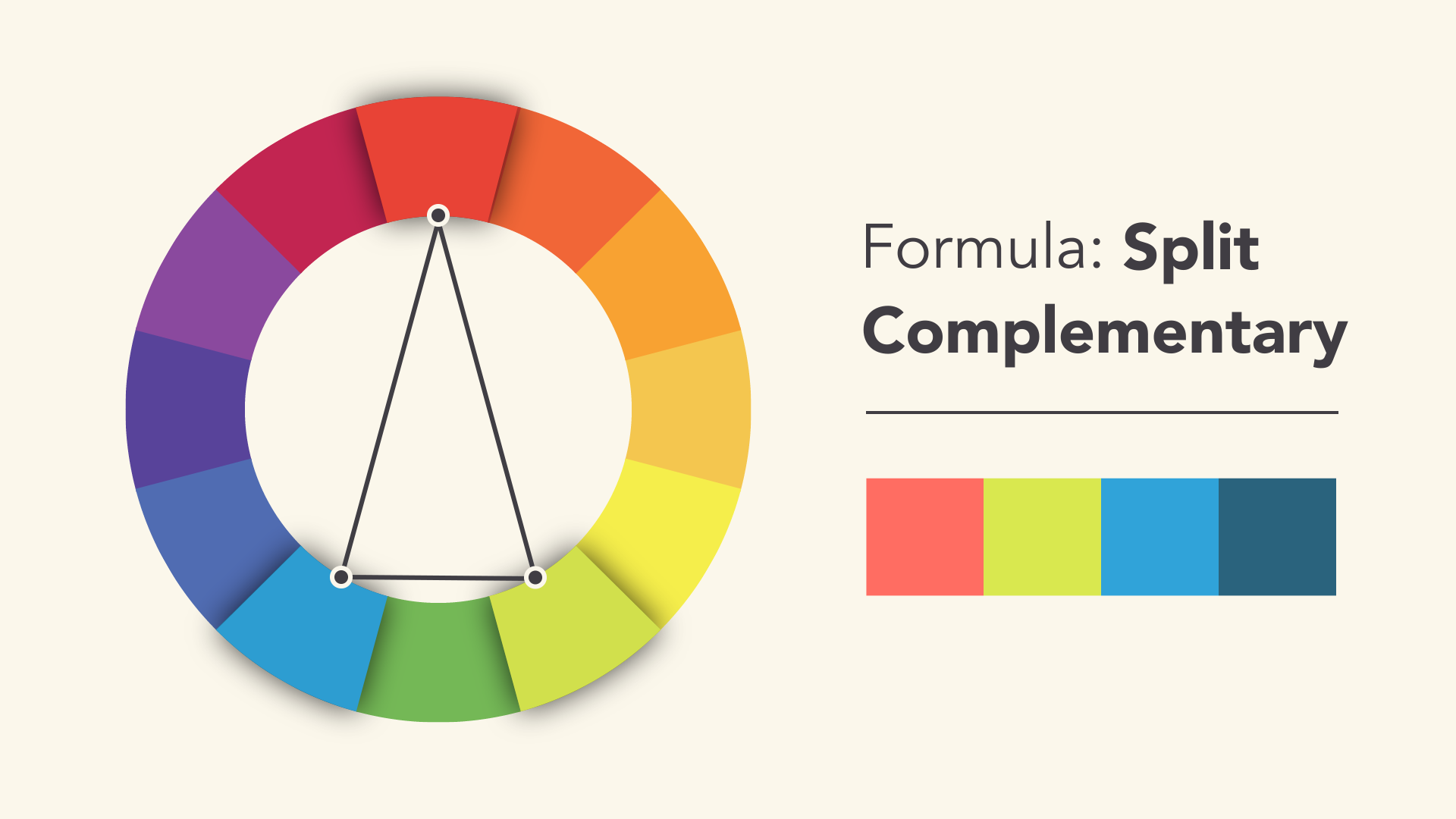
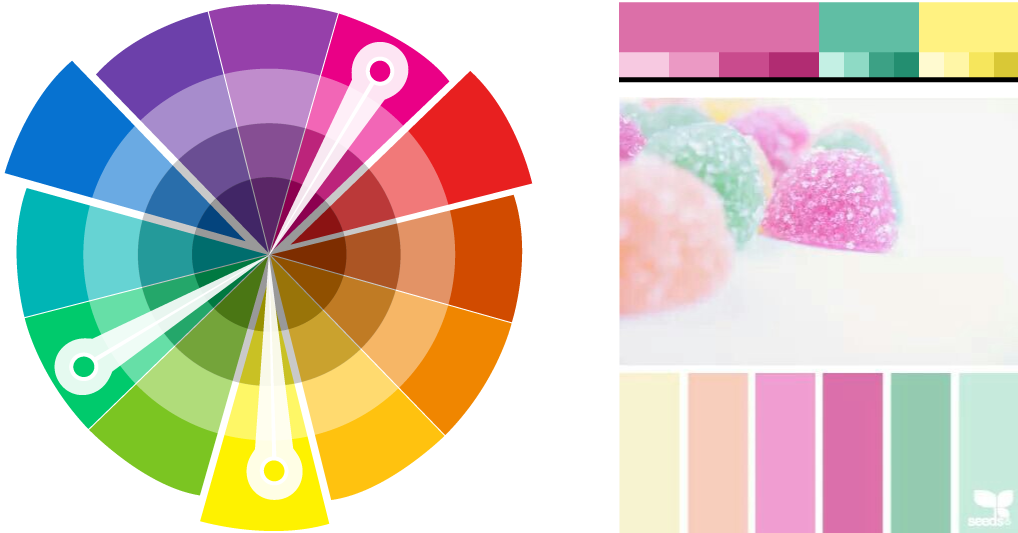

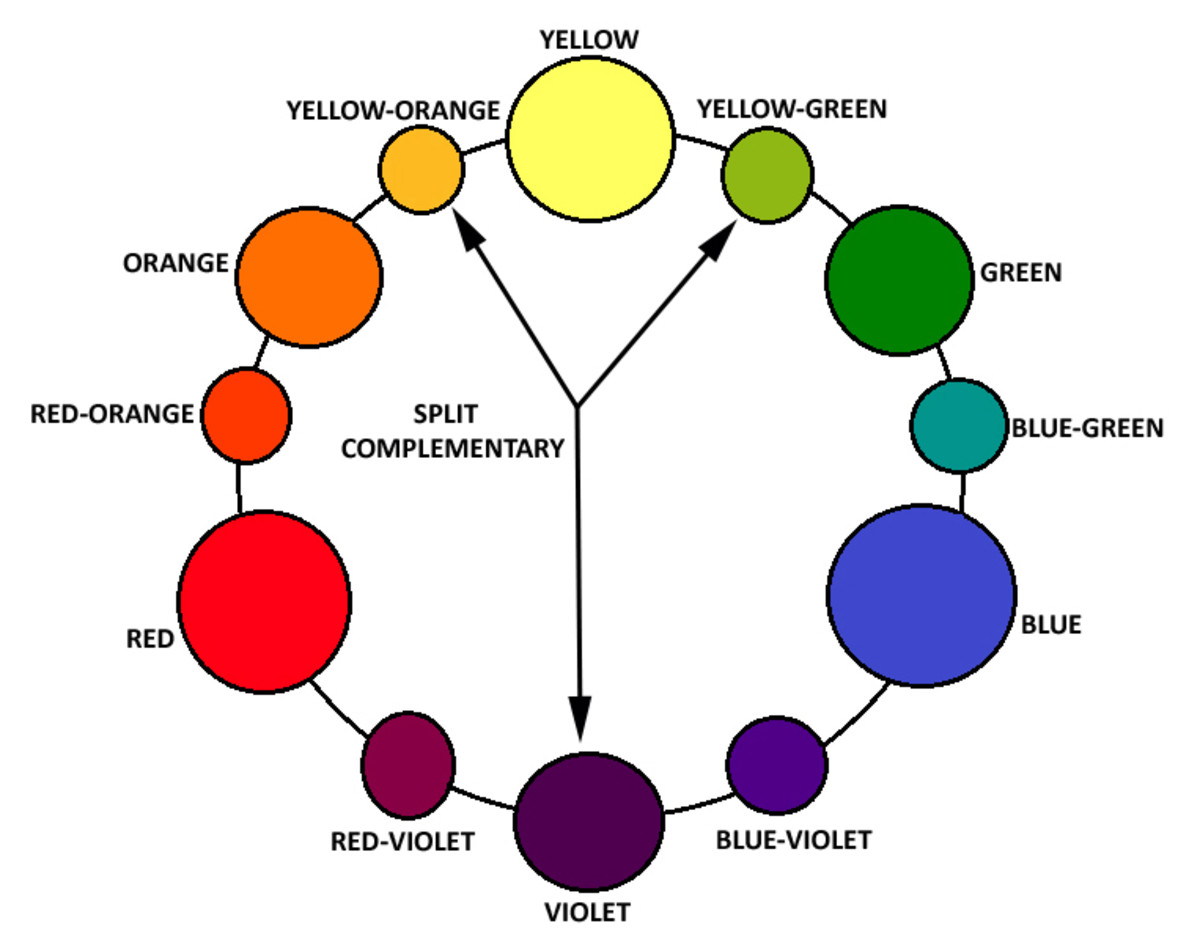
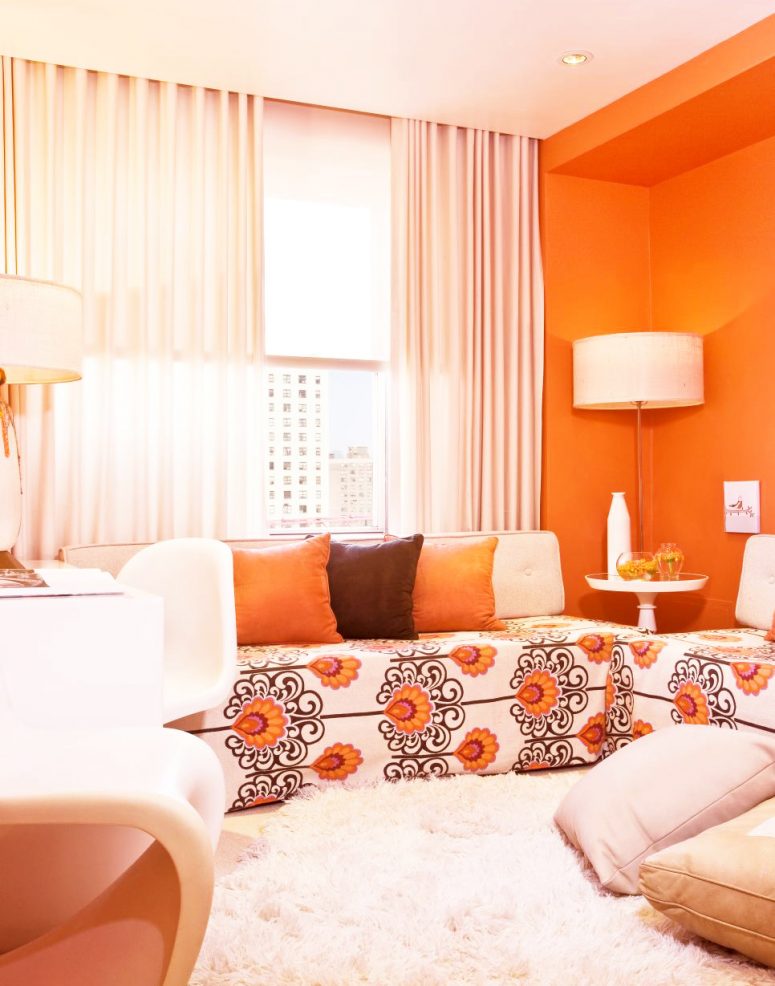
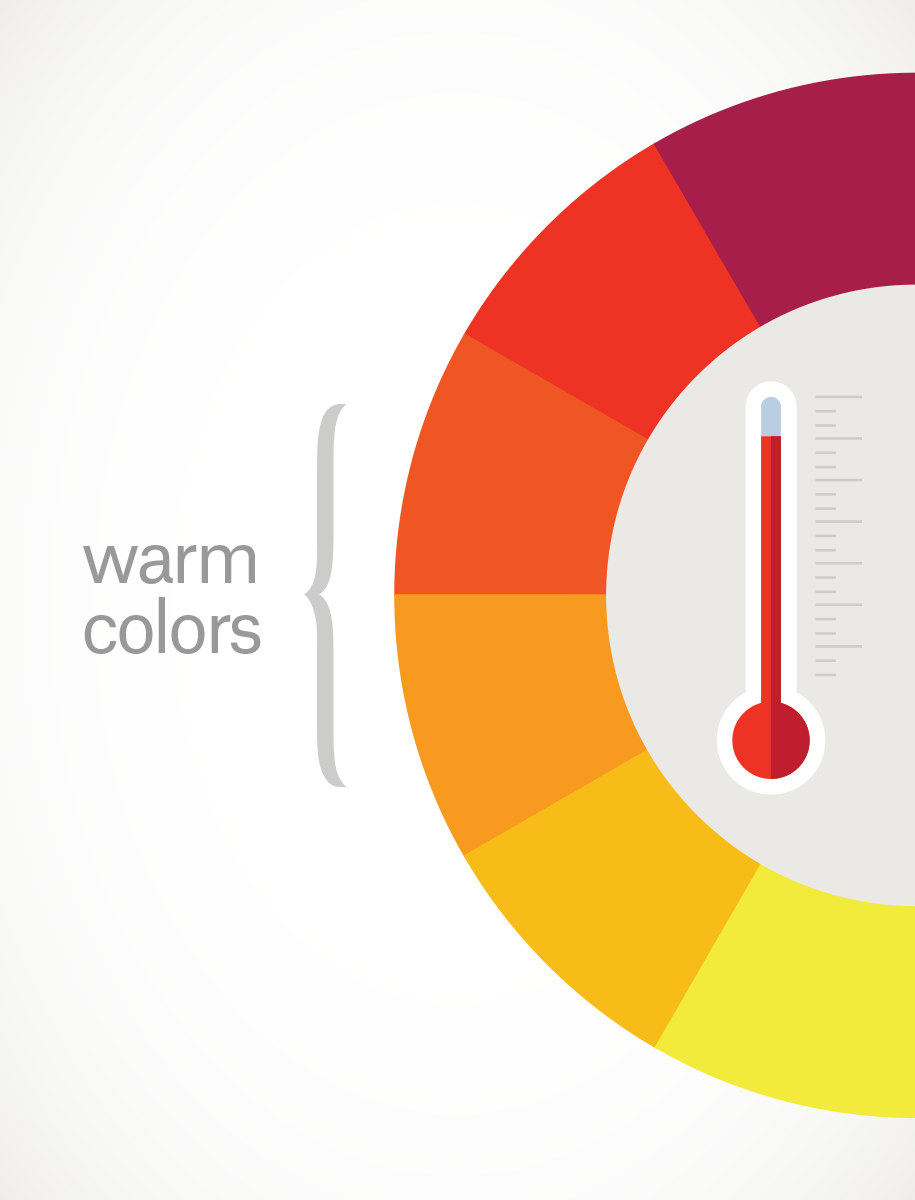

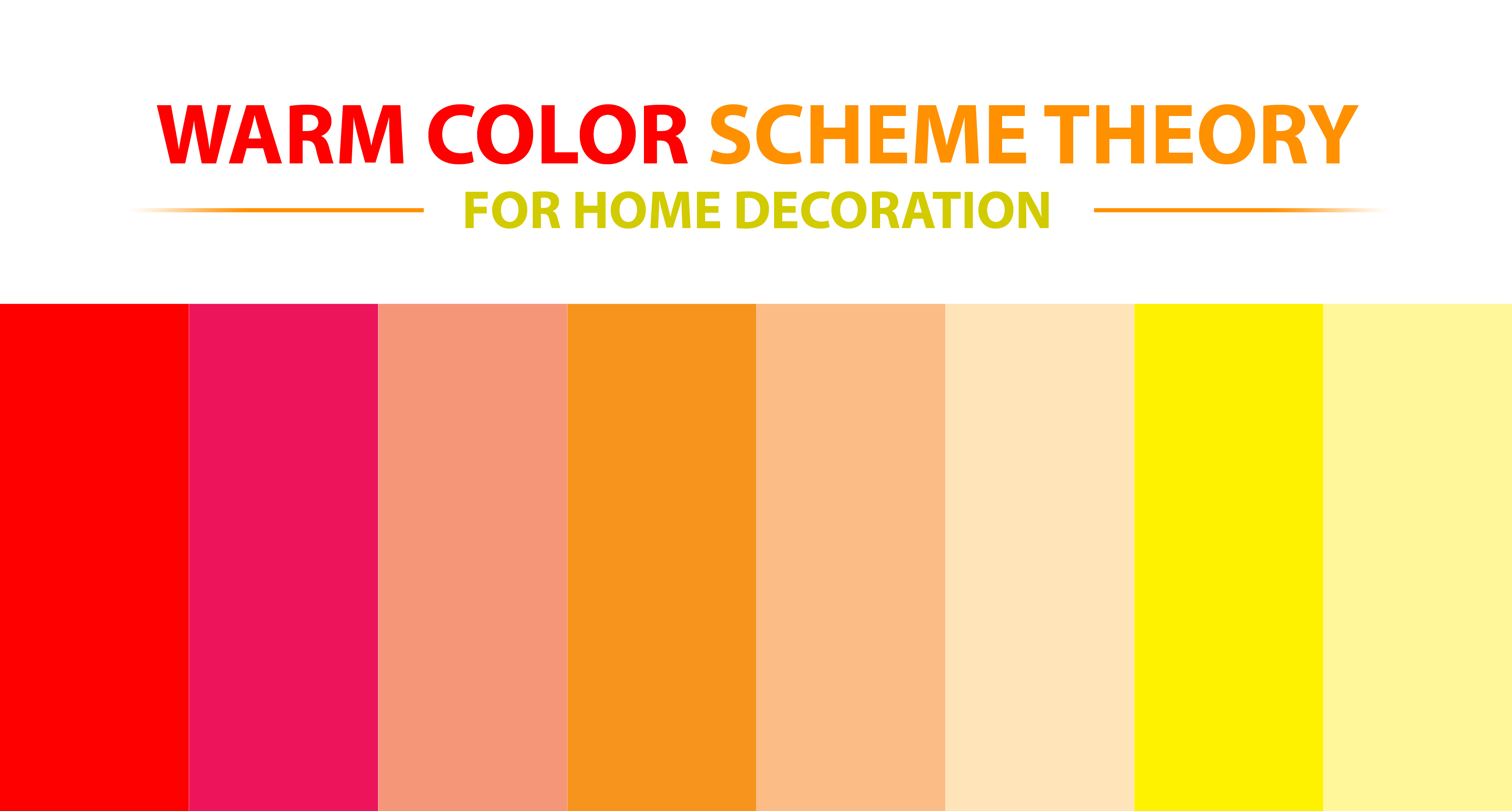

/Homedecorwarmcolors-GettyImages-640896866-596fcc88af5d3a00110c5931.jpg)





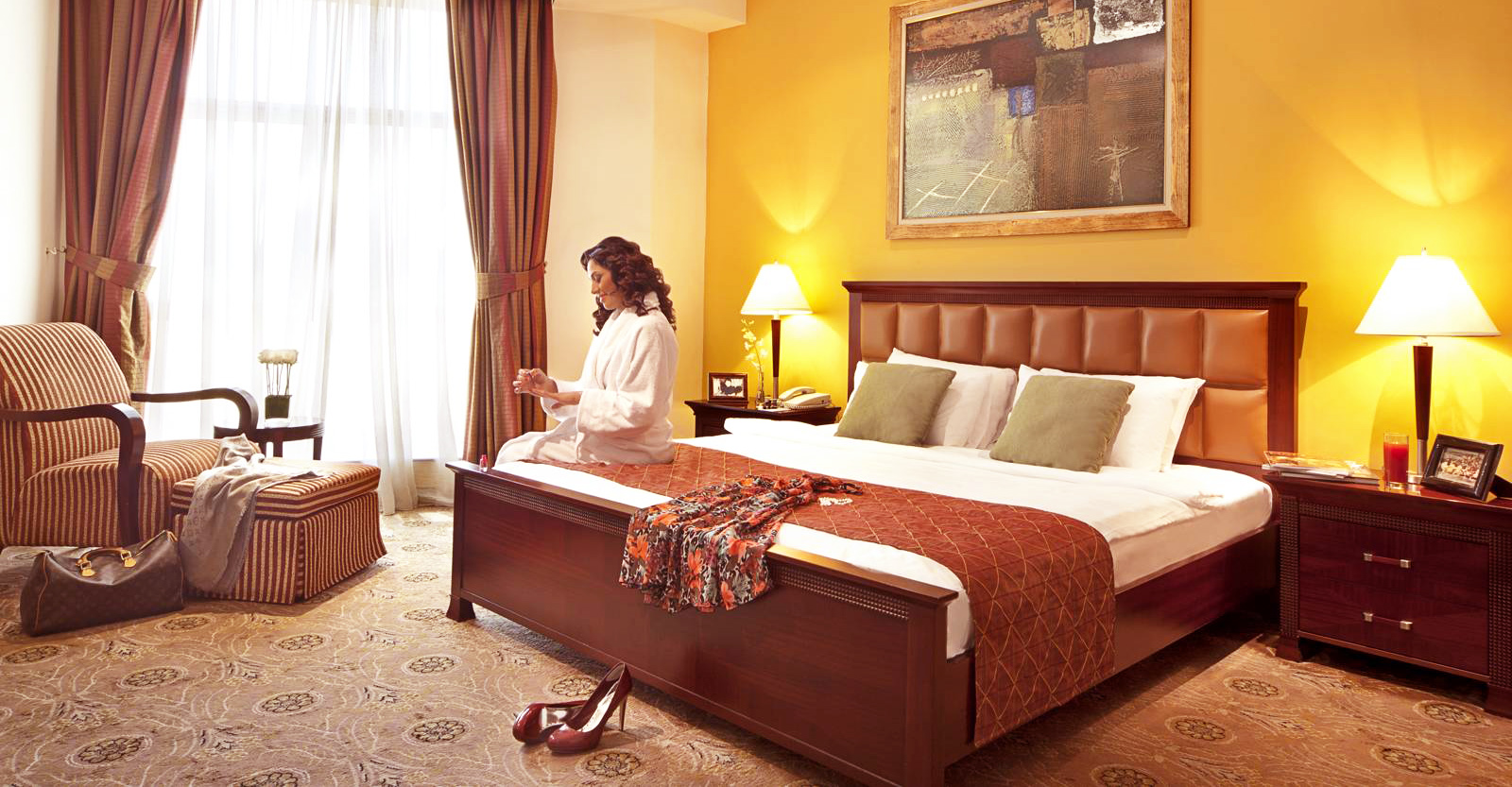


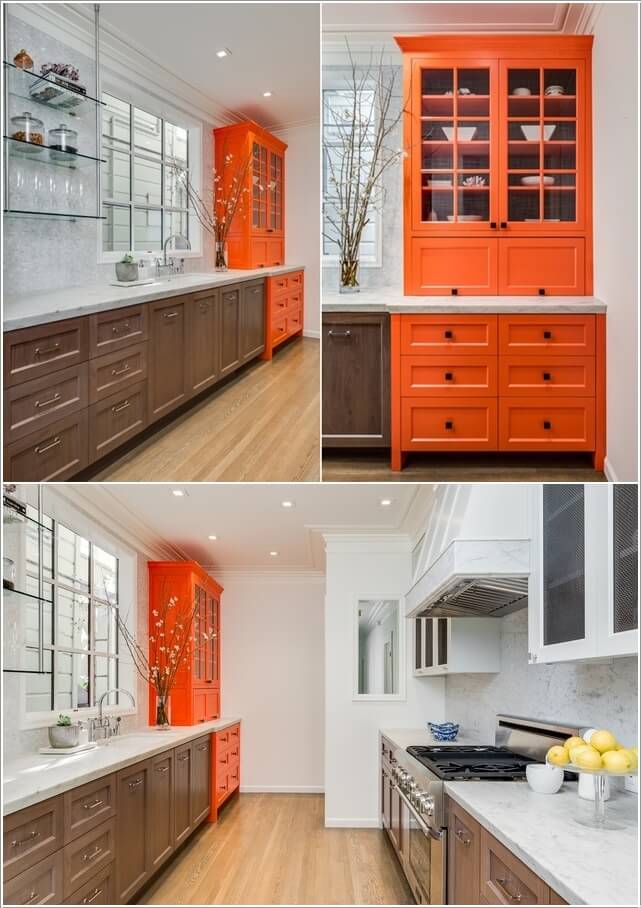



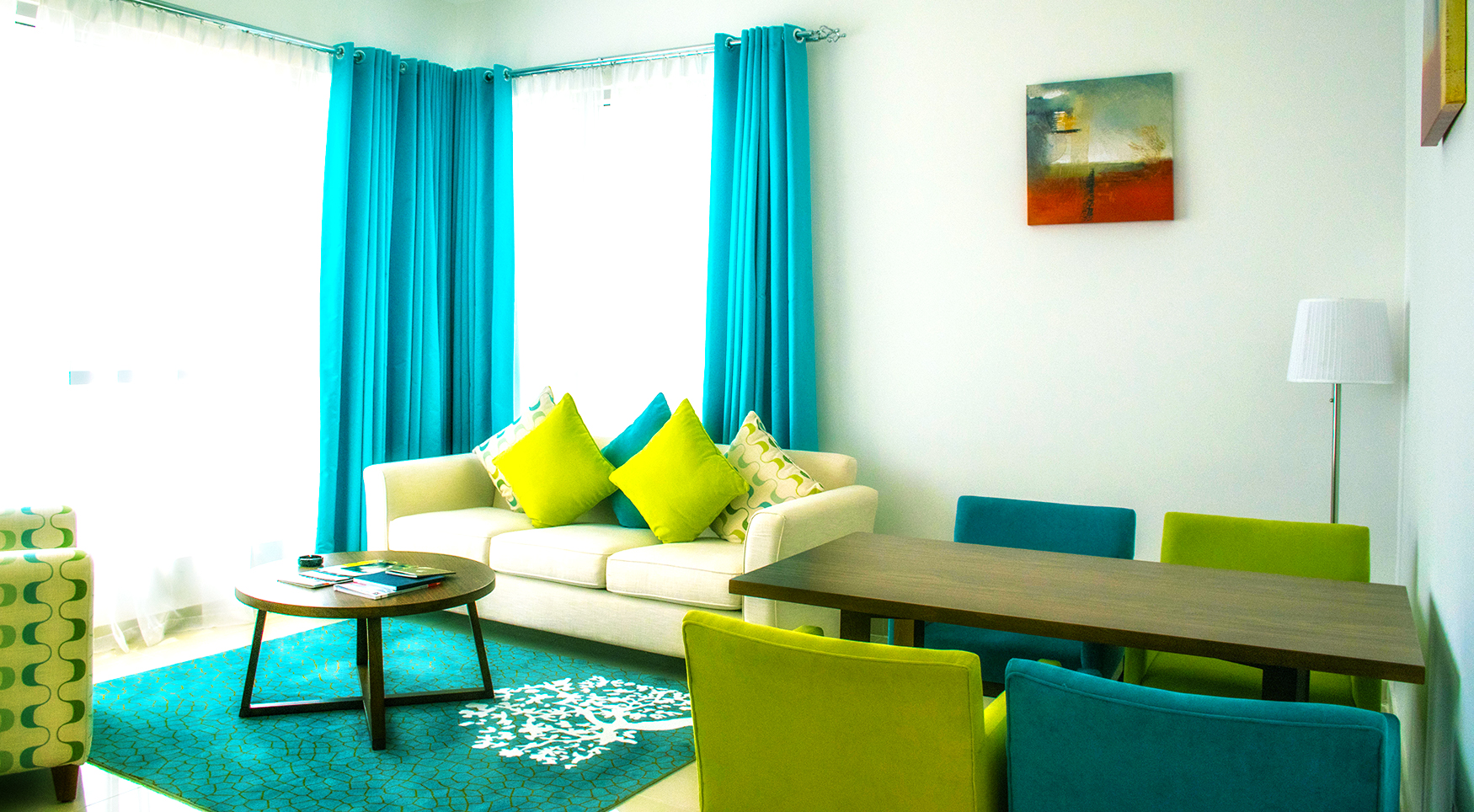






:max_bytes(150000):strip_icc()/1.CoolBlueBeigeBrown-f2535165a1684e7aa2ec2369ddfbd827.jpg)


